
Visa and entry requirements Eritrea:
Passport required
German citizens need a visa to enter the country.
Tourist visas are issued by the Eritrean missions abroad such as Embassy of the State of Eritrea in Berlin granted.
Visa costs: 60 euros
Information from the Foreign Office about your trip to Eritrea:
https://www.auswaertiges-amt.de/de/eritreasicherheit/226176
Eritrea is a country in northeast Africa with around 6.8 million inhabitants. It borders Sudan in the northwest, Ethiopia in the south, Djibouti in the southeast and the Red Sea in the northeast. The country became independent from Ethiopia in 1993.
Eritrea is mainly dominated by the highlands of Abyssinia, where most of the large cities are located. The highest point in the country is the Soira at 3,018 meters. In the west the country has part of the Sahara Desert, in the east the Red Sea in a desert-like dry savannah and in the southeast the Danakil Desert, one of the hottest and driest deserts in the world.
The largest cities in the country are Asmara, Assab, Massaua, Mendefera, Keren, Agordat, Dekemhare, Nakfa, Adi Keyh and Barentu. The country's two official languages are Tigrinya and Arabic and the official national currency is the Nakfa, where 1 euro corresponds to around 18 ERN. The population is almost equally divided between Christians and Muslims.
Around 77% of the population are employed in agriculture, but food still has to be imported. The main crops grown are cotton, grain, corn and vegetables. Eritrea's most important export goods are gold, silver, copper, nickel, sulfur, marble, zinc, potash, iron and salt. There are also several breweries in the country that produce beer and wine.
Asmara is the capital of Eritrea and by far the country's largest city with around 850,000 inhabitants. Asmara lies at an altitude of 2,325 meters on the edge of the high plateau.
The main attractions of the city include the Baldissera Fort, the Coptic St. Mary's Cathedral, the Church of Our Lady of the Rosary, the Rashidin Mosque, the Kidane Mehret Coptic Church, the National Museum, the Asmara Opera House, the Medebar Market, the Synagogue of Asmara, the Asmara Central Market, the Tank Cemetery, Liberation Avenue, the Governor's Palace and the Italian Cemetery.
In September 2016 I visited Asmara for two days. Since there is almost no tourism in Eritrea, the visa was very difficult to obtain. It was only on the second attempt that I finally received one of the hardest-to-get tourist visas in the world.
Asmara is a very green city with many tall palm trees and colorful plants, so it is sometimes called the garden city. Otherwise, Asmara is a typical African capital with many markets and countless traders. The relatively few sights are quickly ticked off during a city tour, so a trip to the immediately adjacent mountains is definitely worth it. From up there you have a fantastic view of the highlands of Eritrea in some places. I spent the whole day there with a local taxi driver who spoke English quite well and was also very cheap. However, I would not recommend Eritrea as a longer stay due to the lack of tourism available.

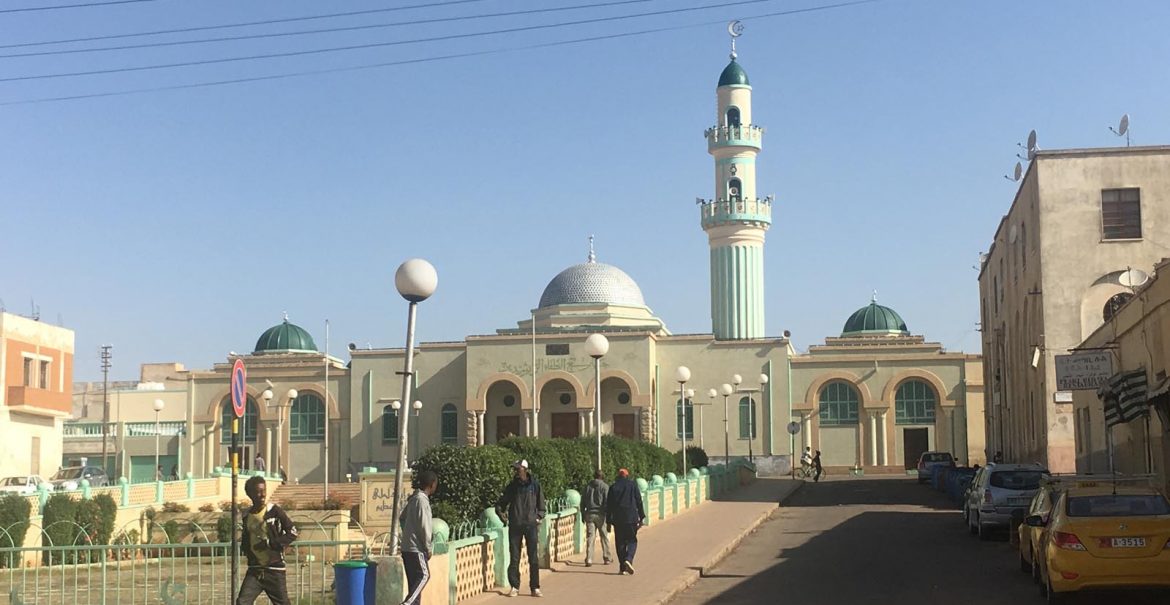
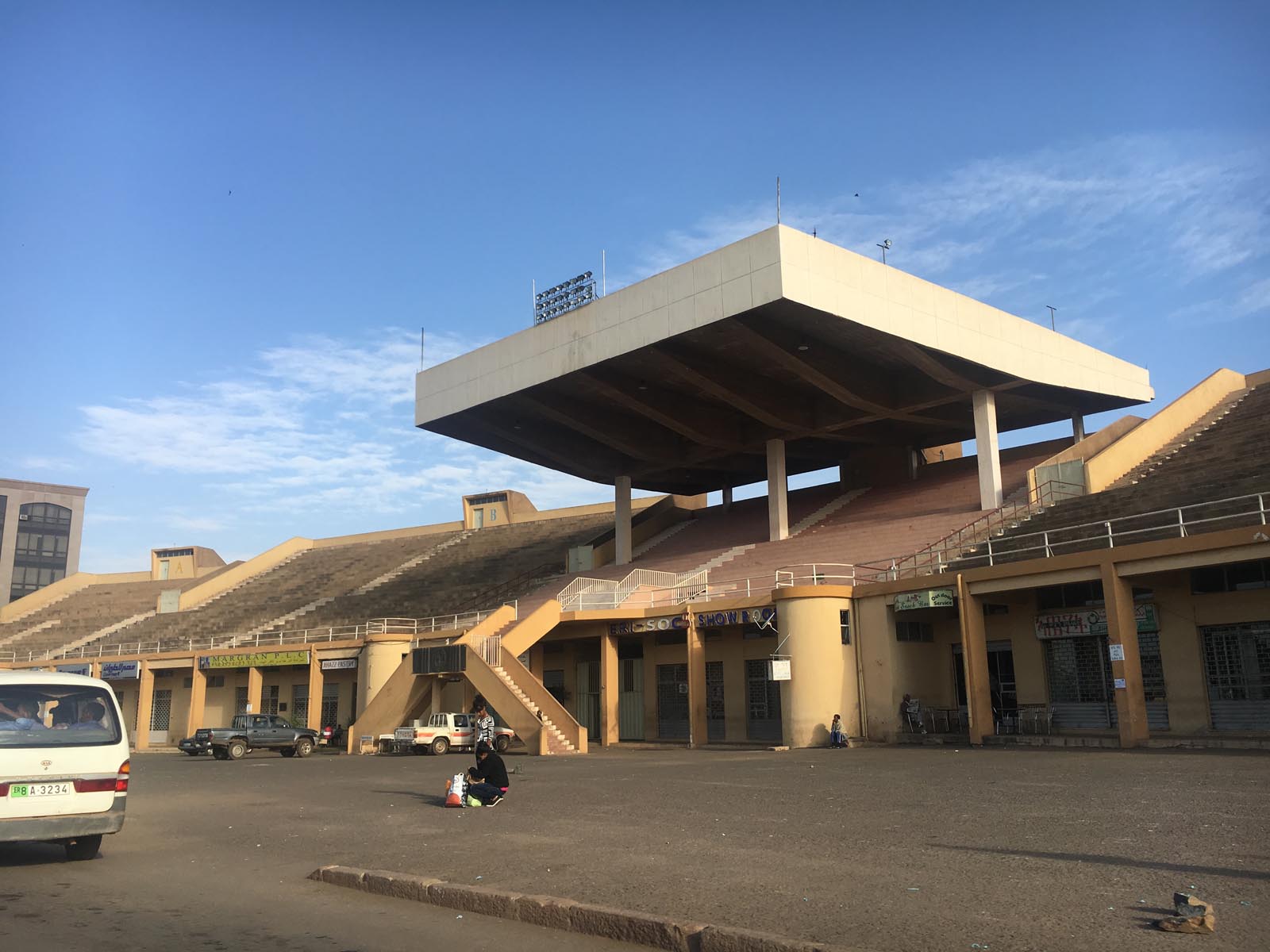
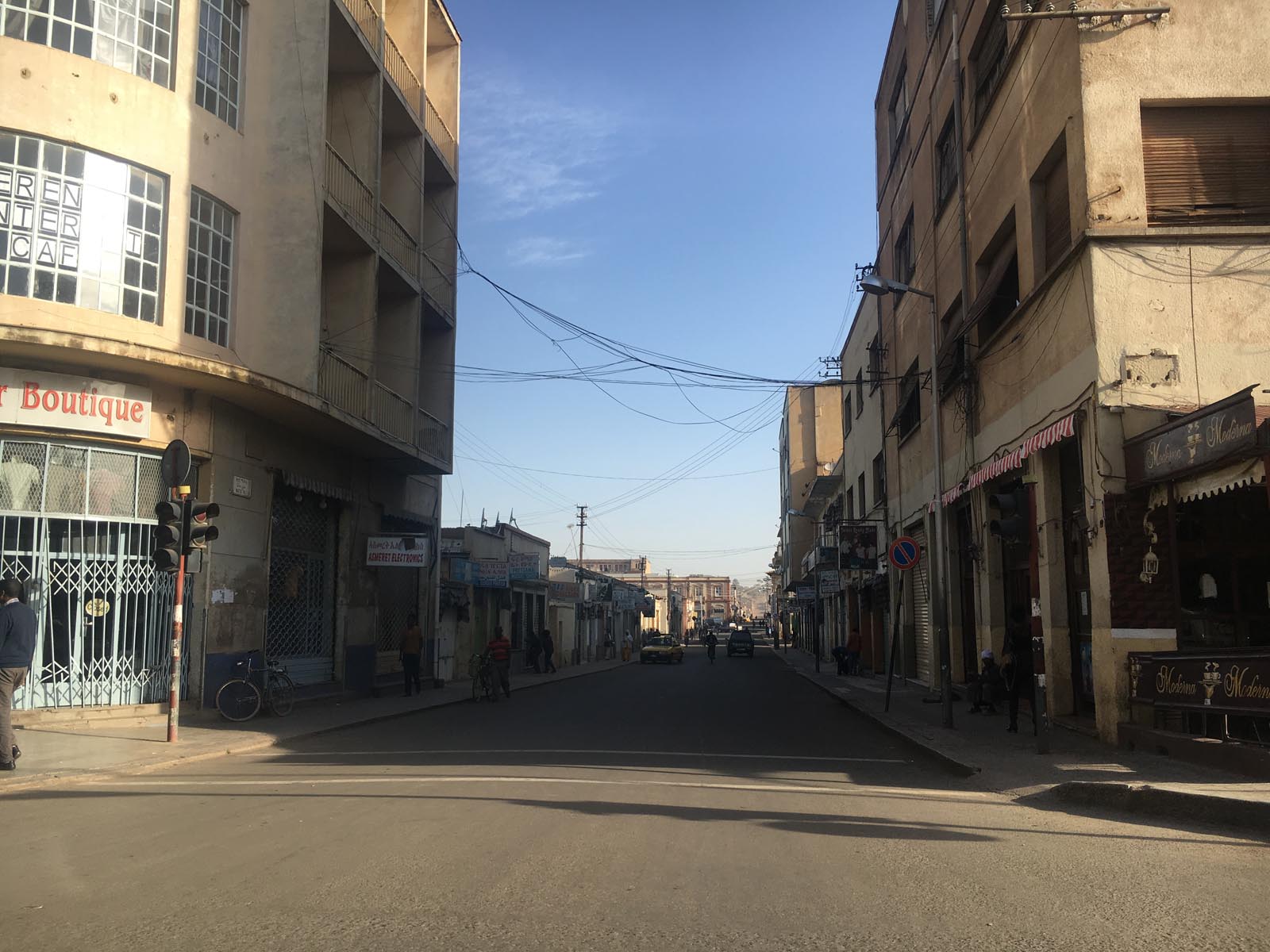
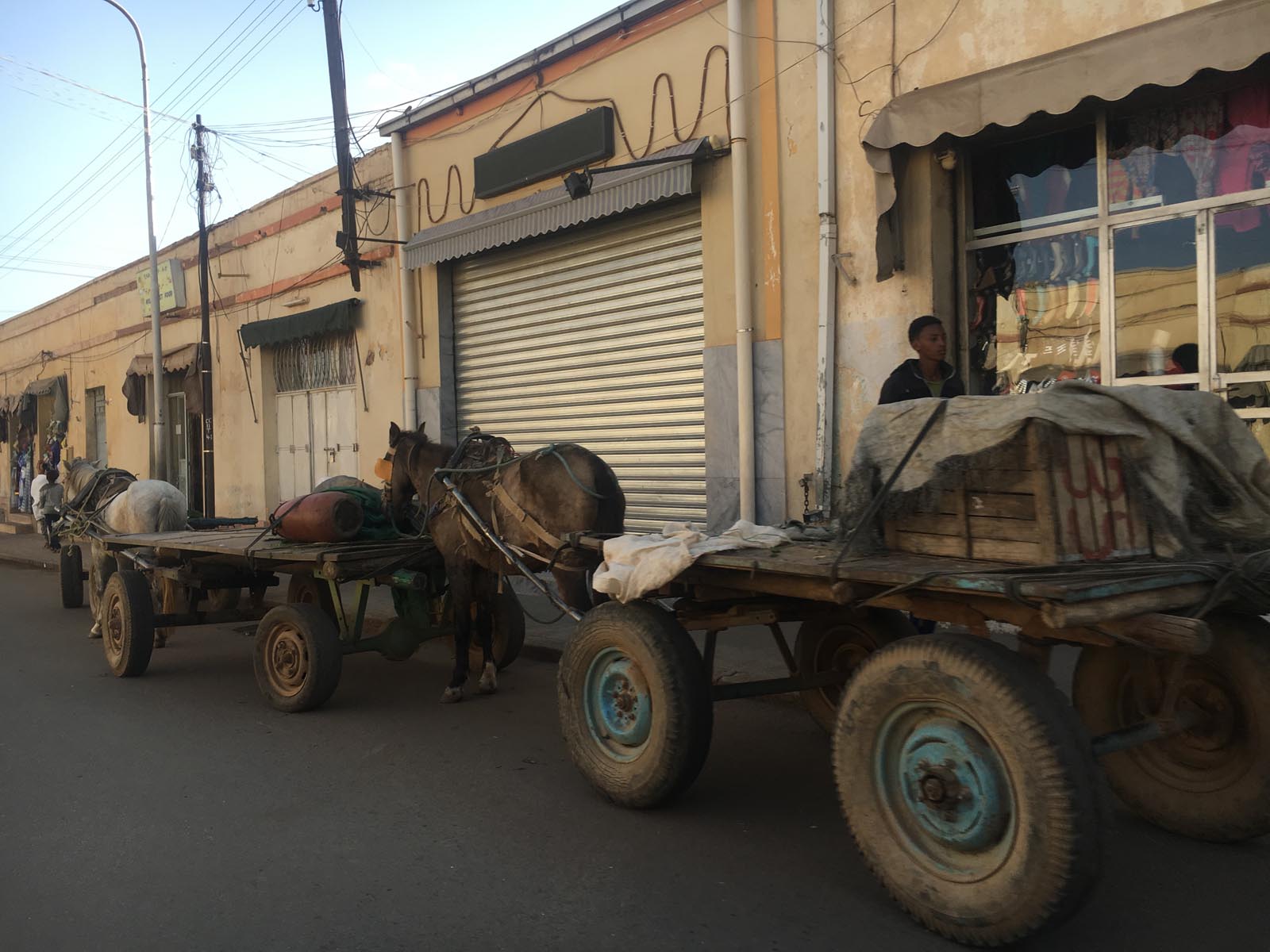
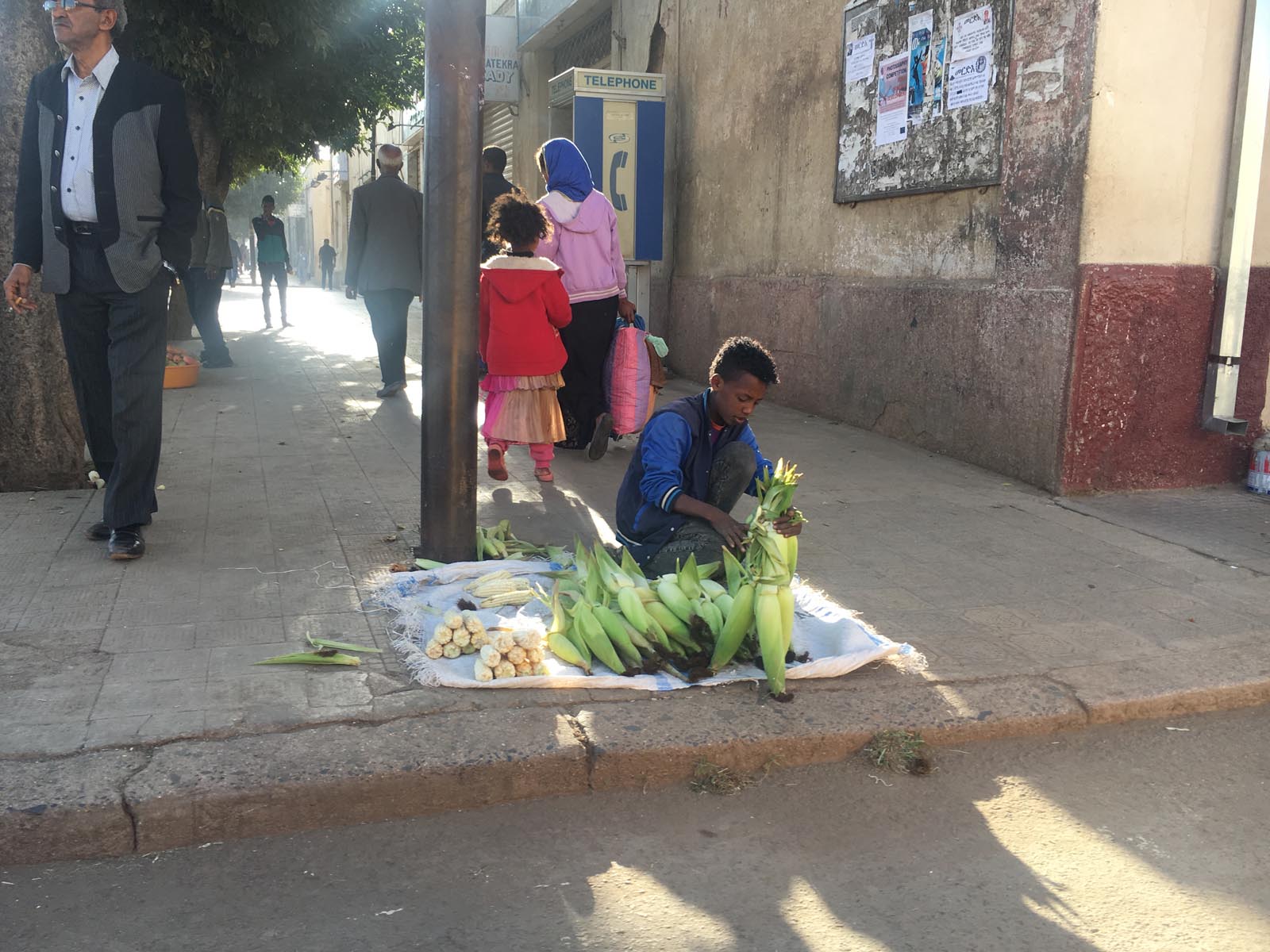
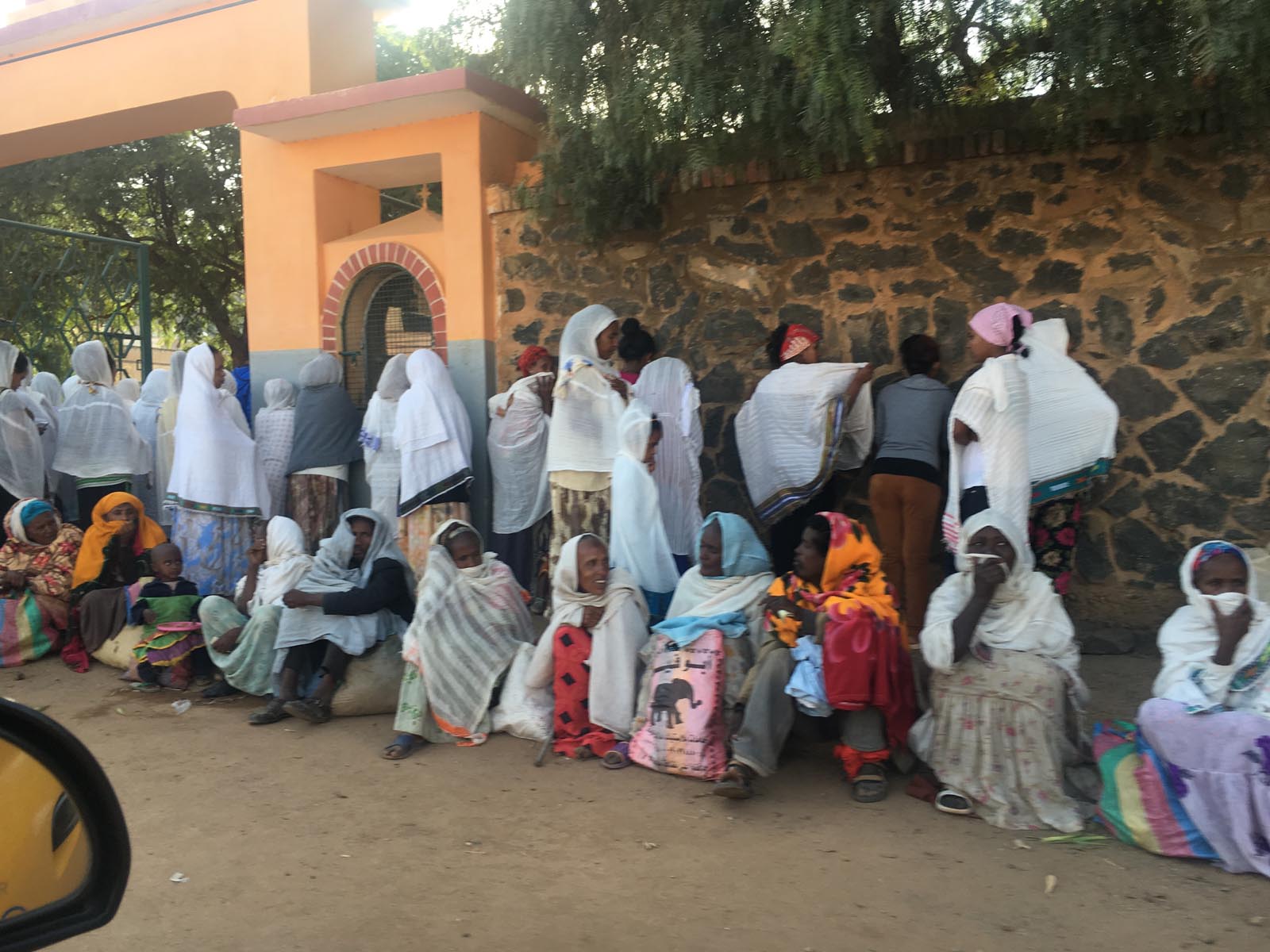
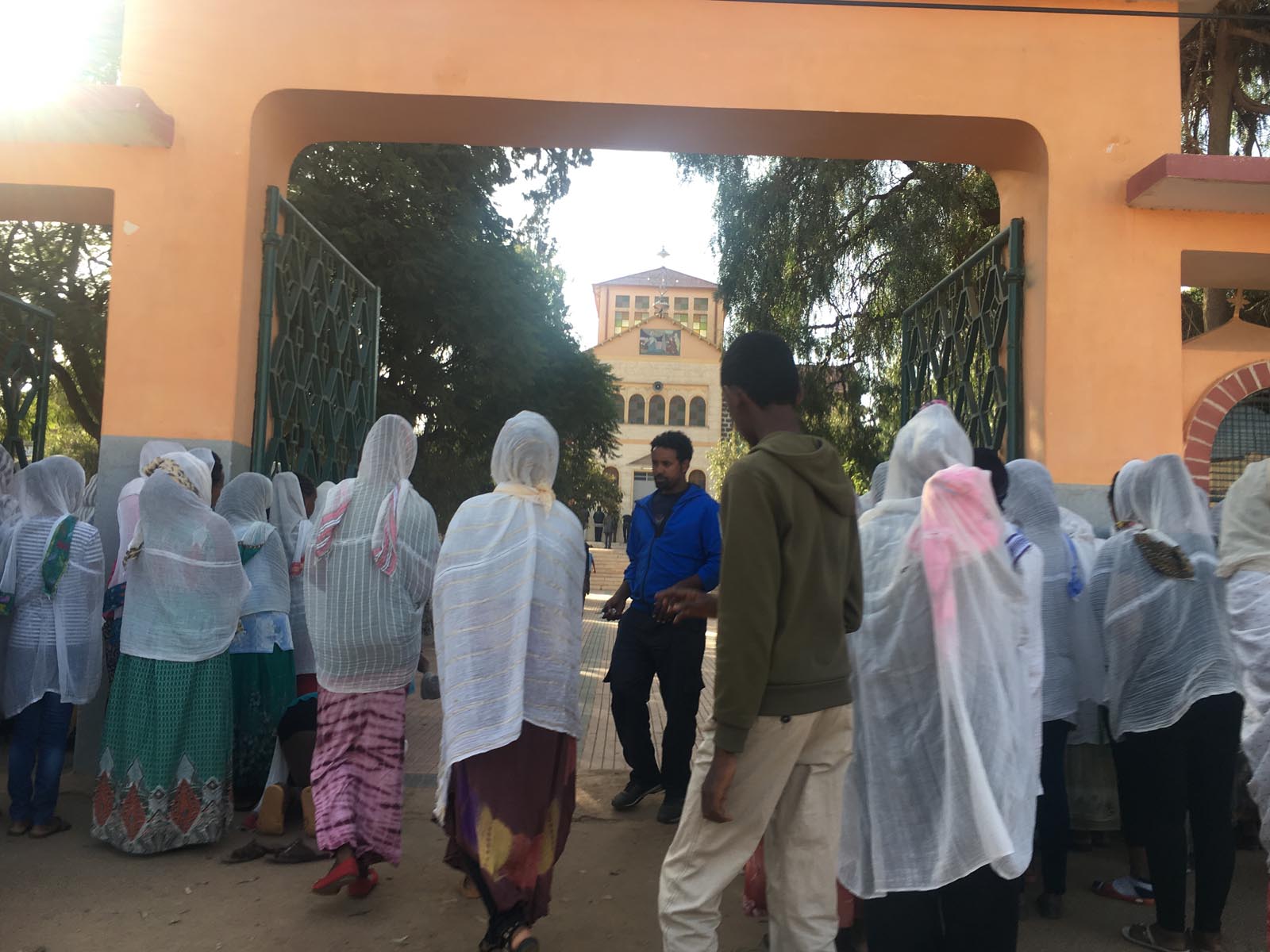
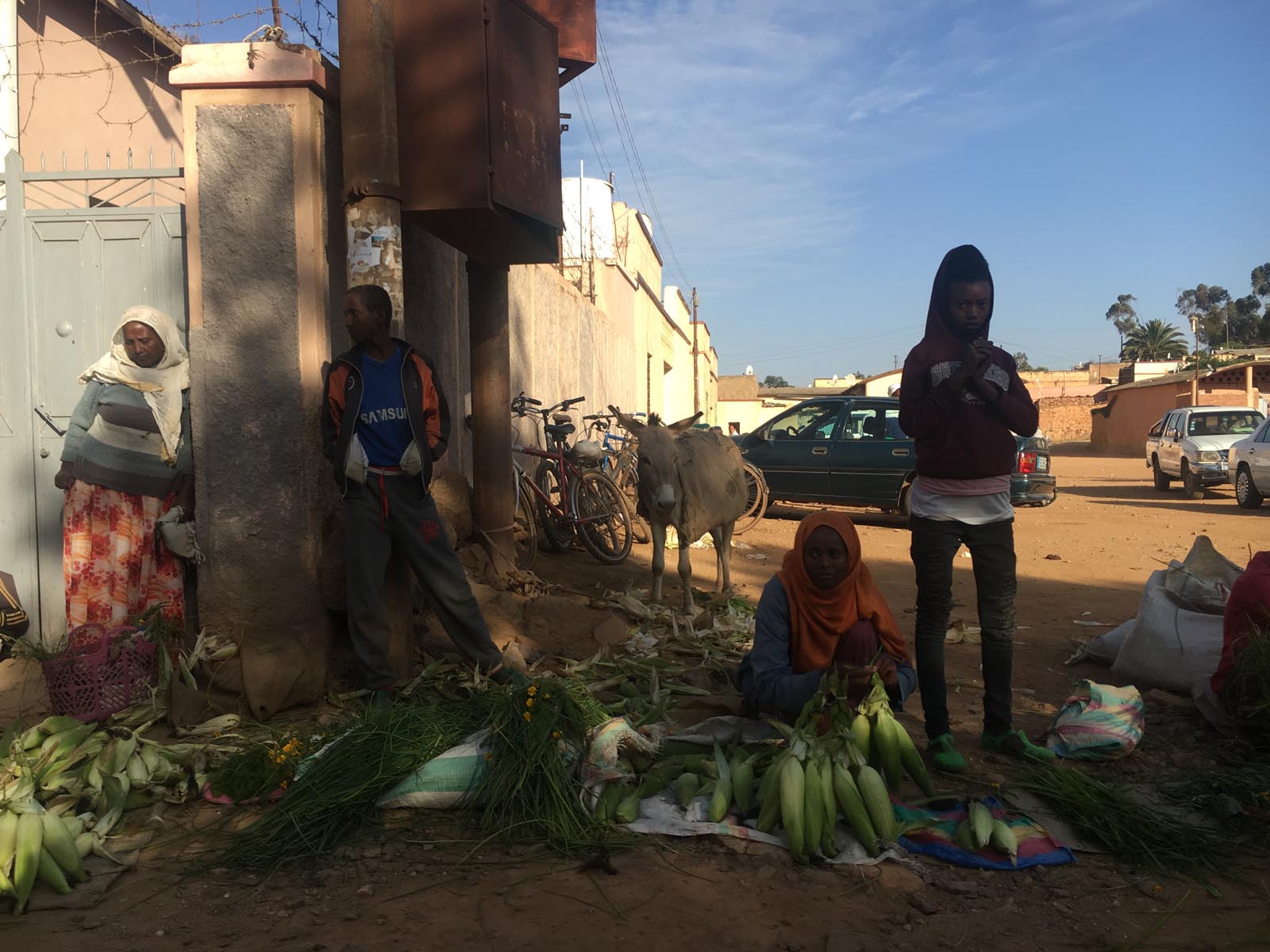
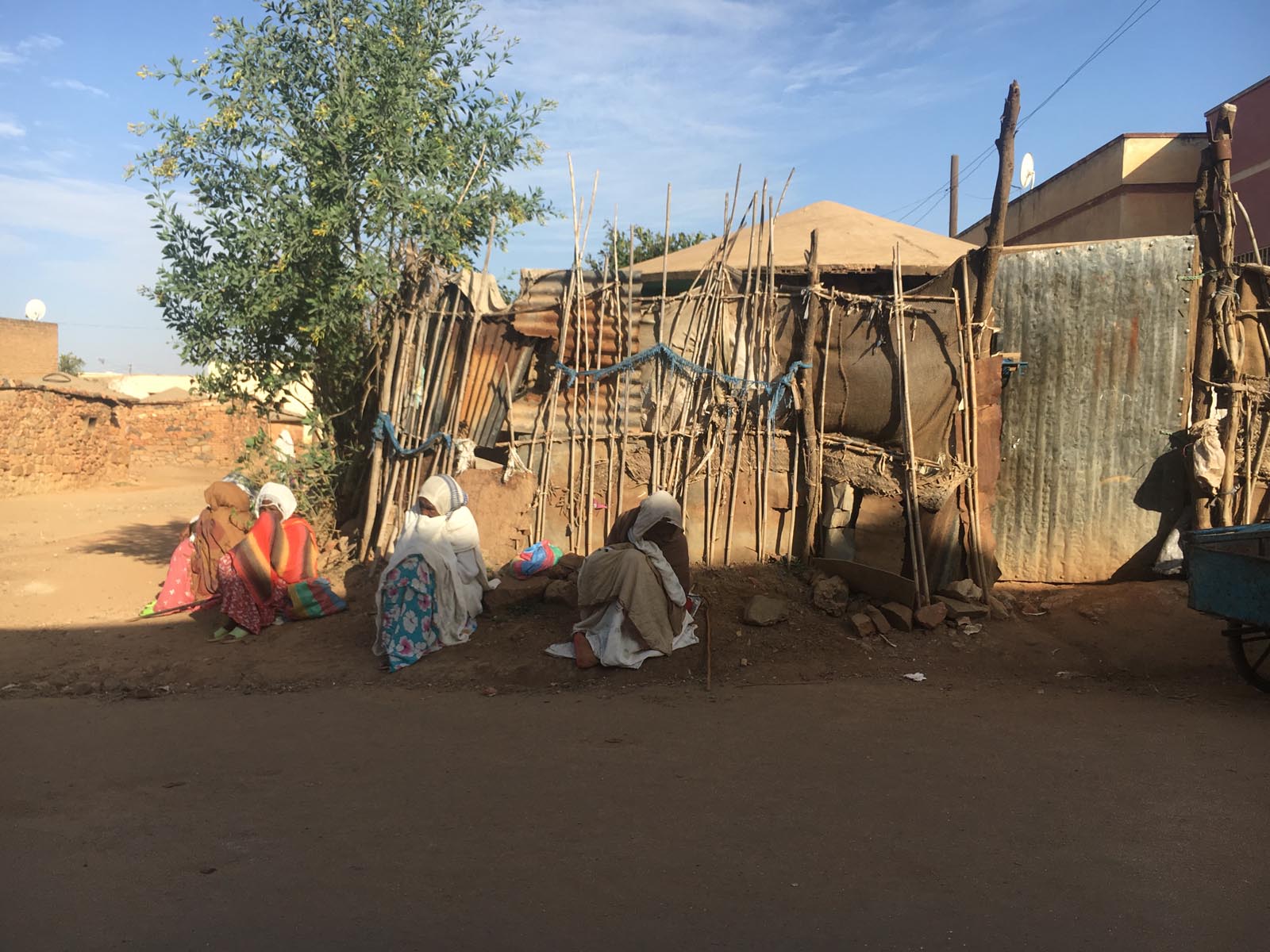
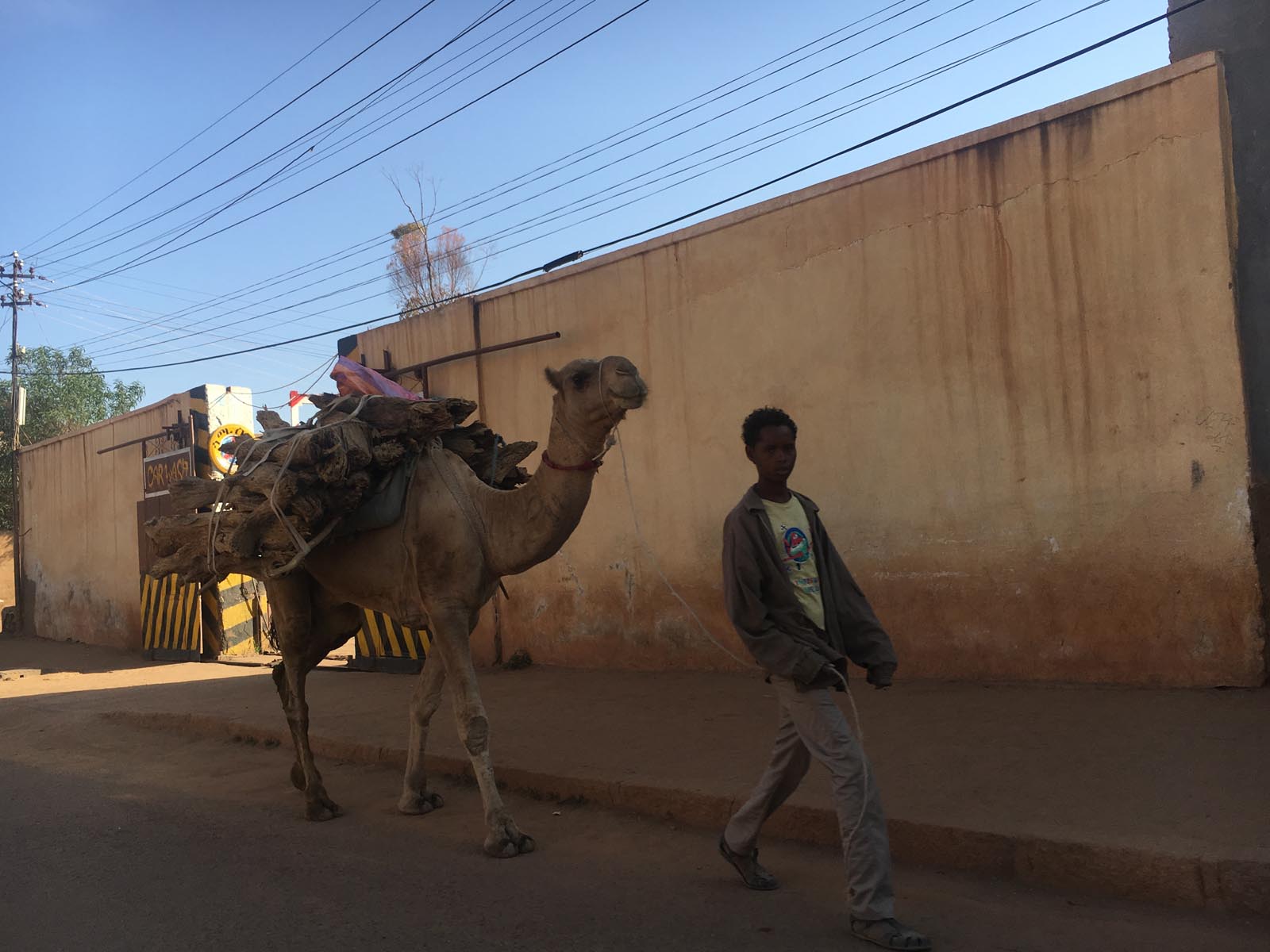
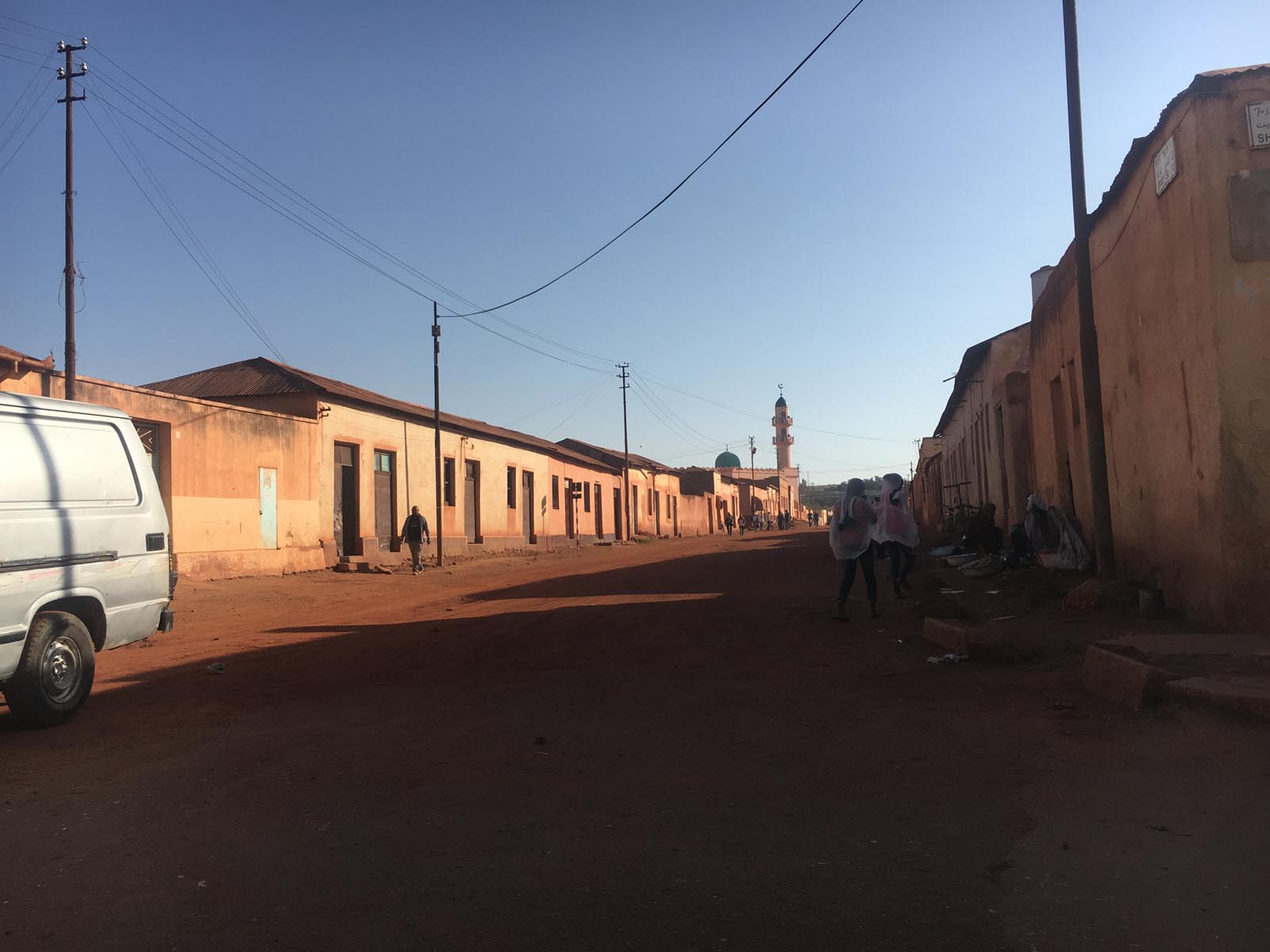
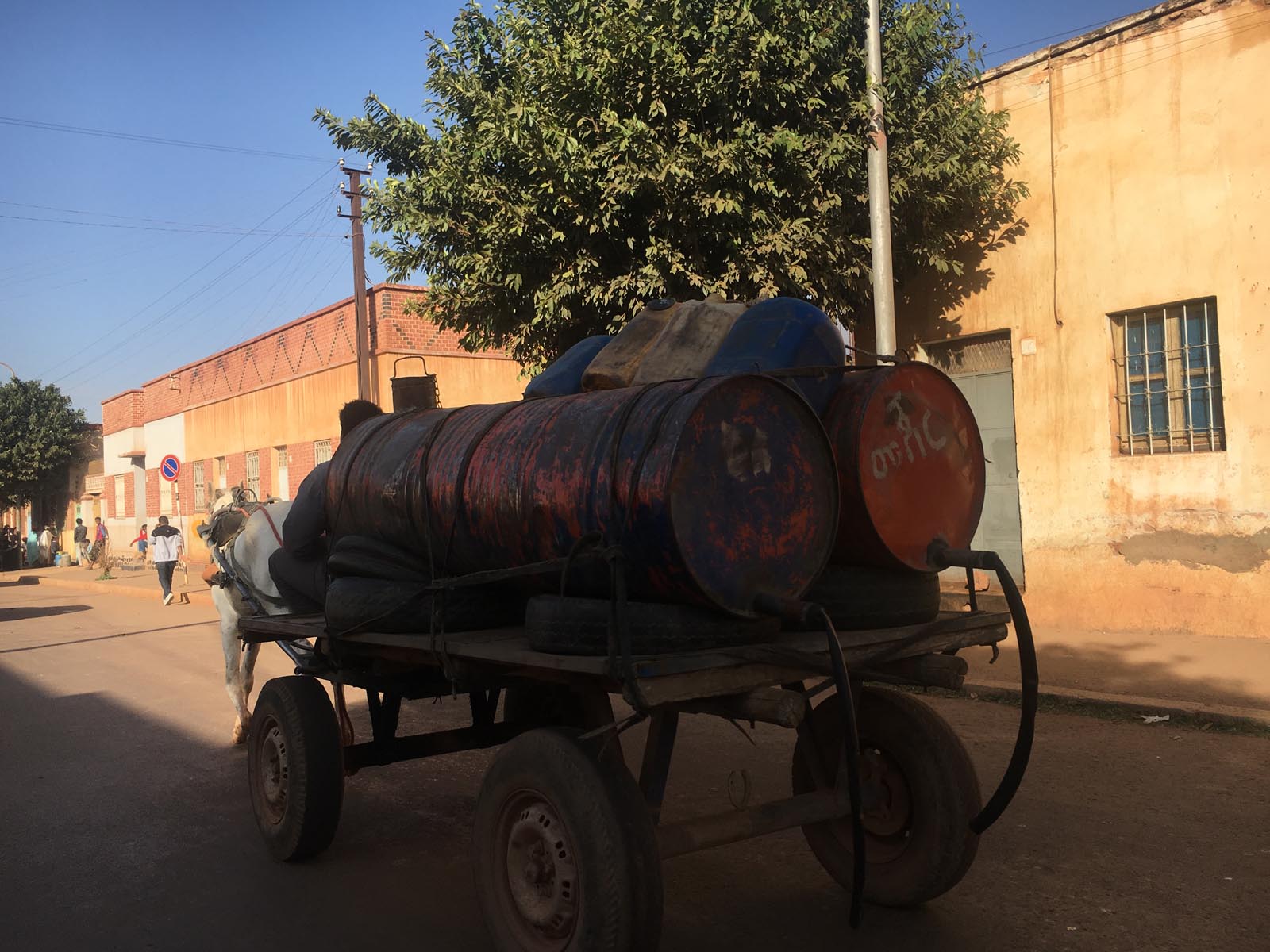
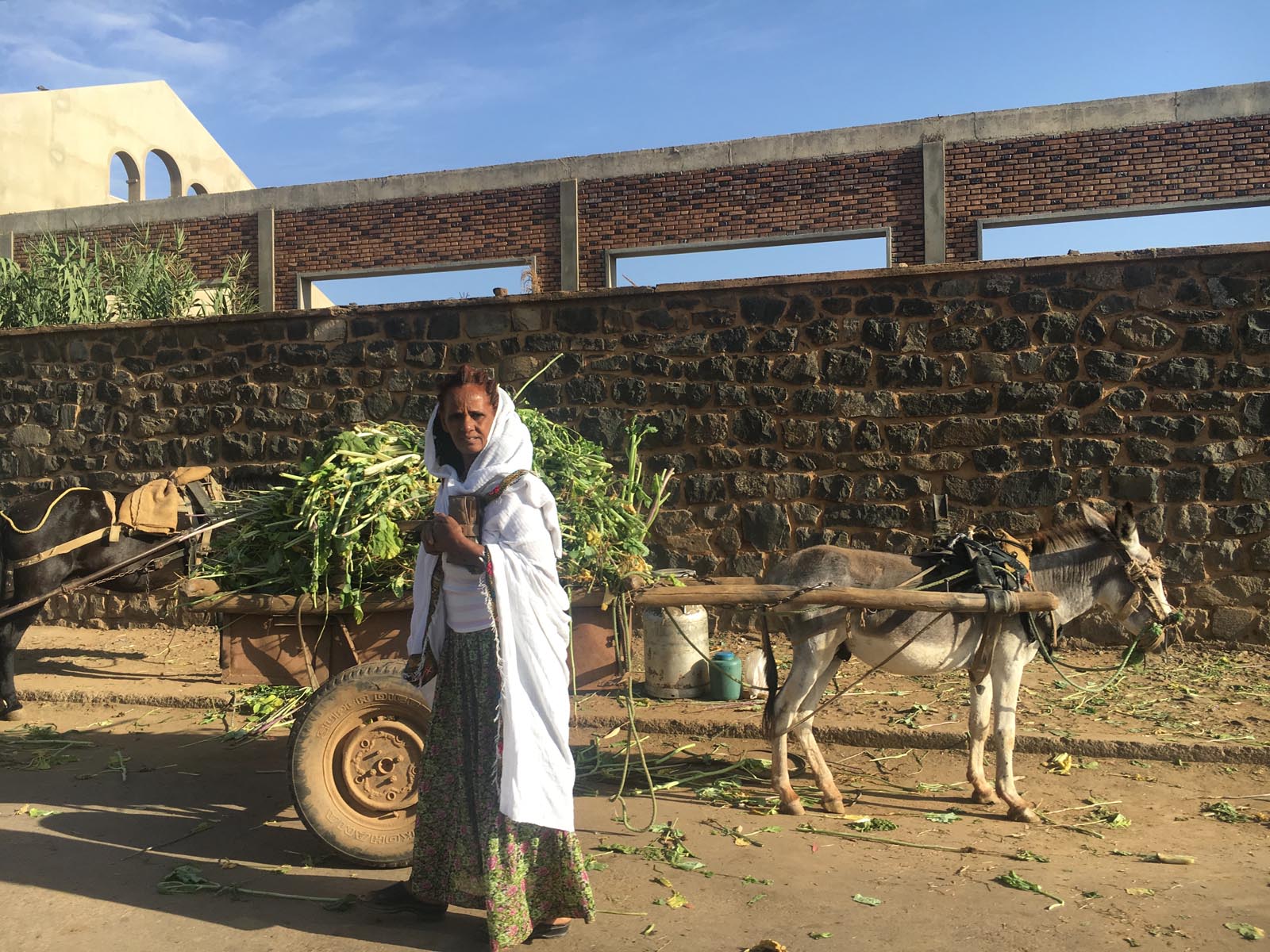
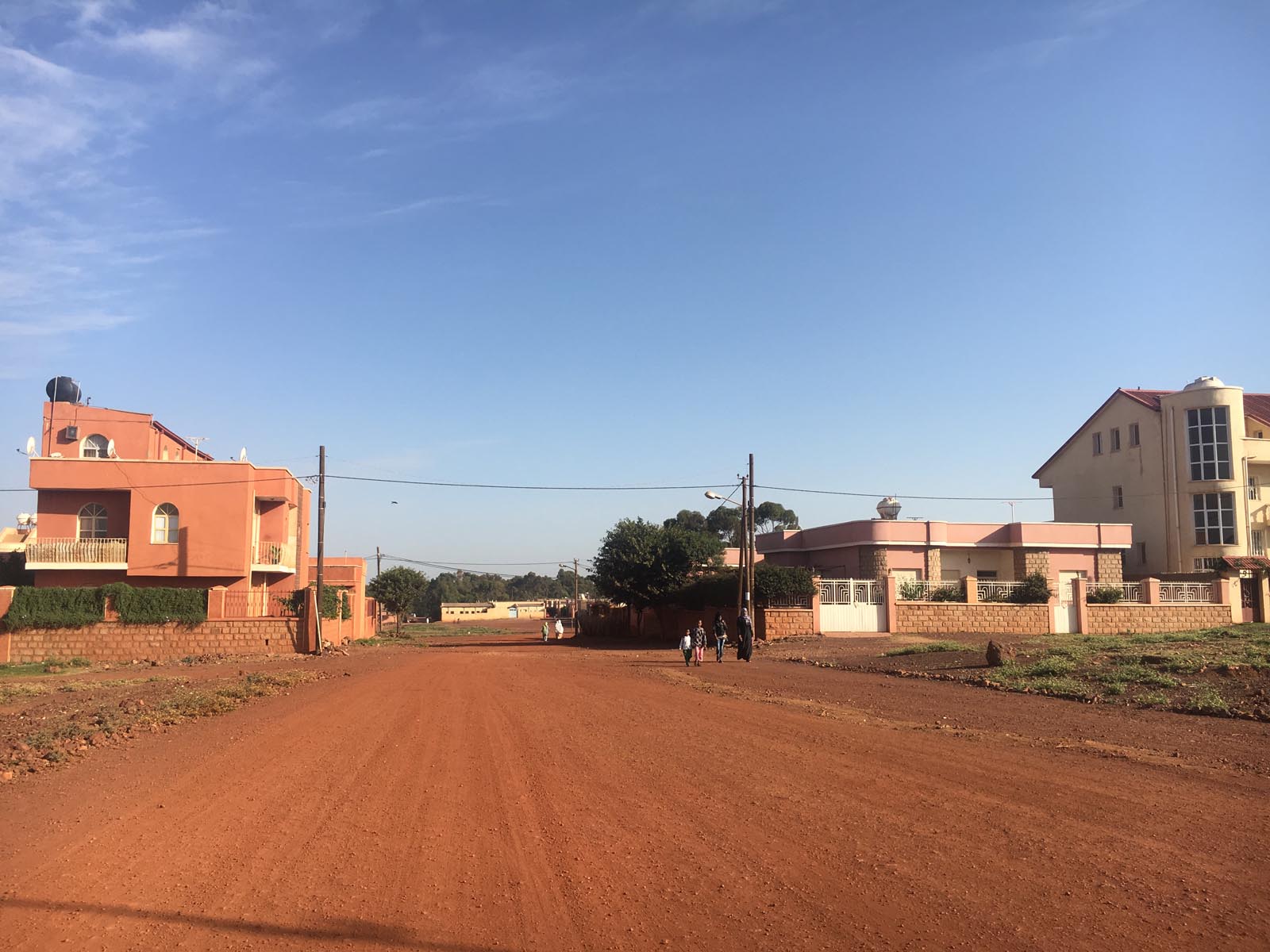
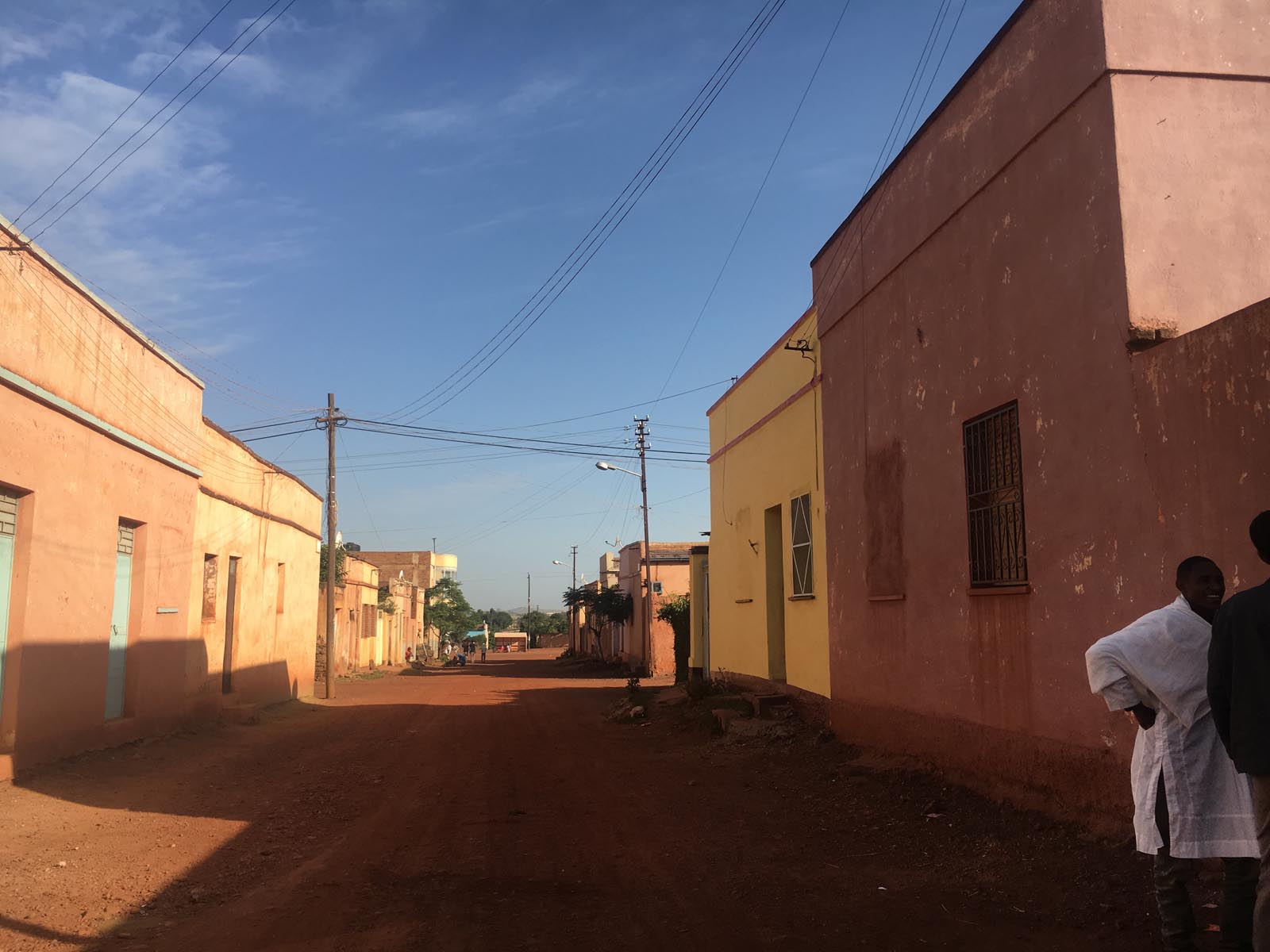
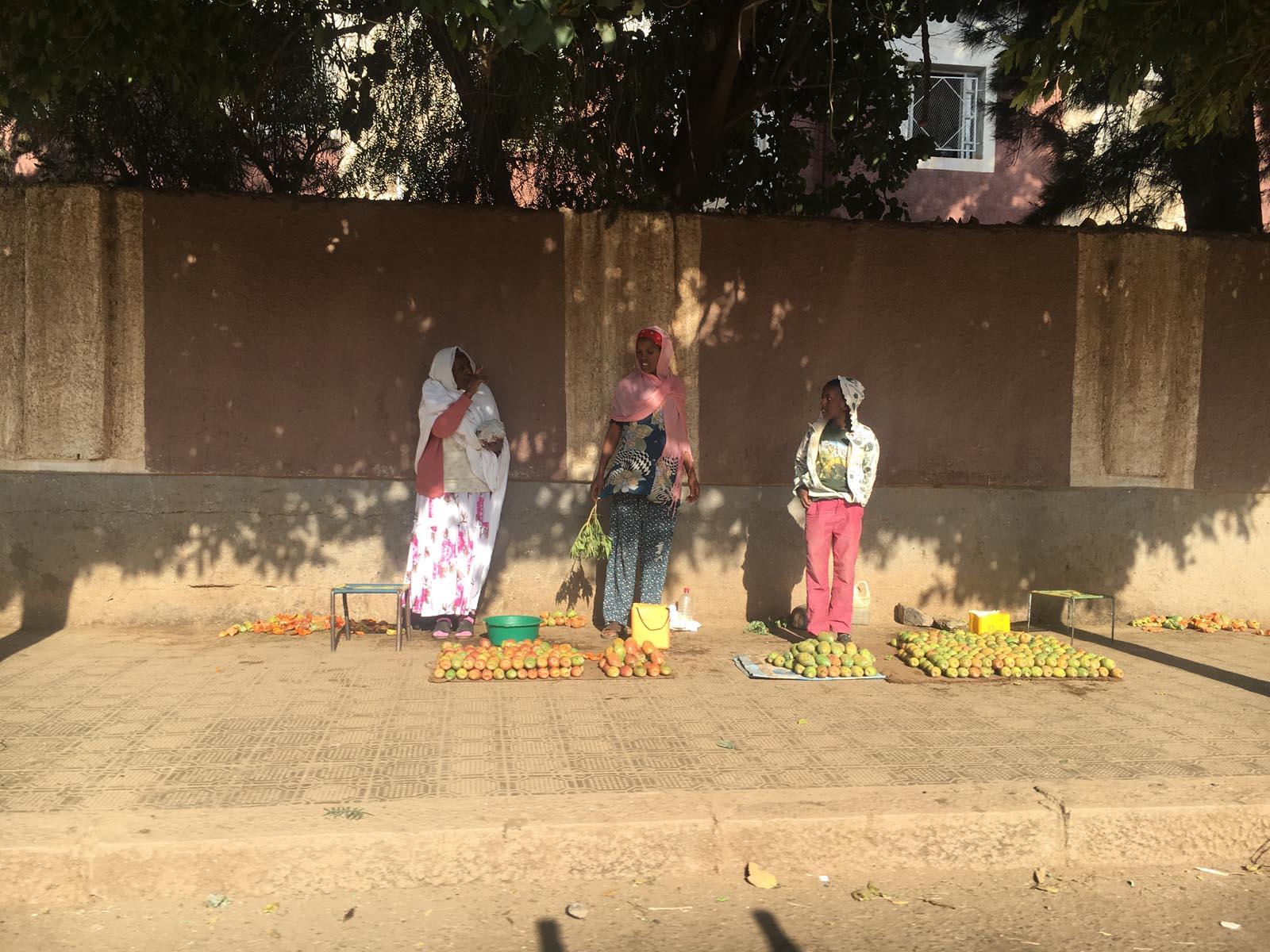
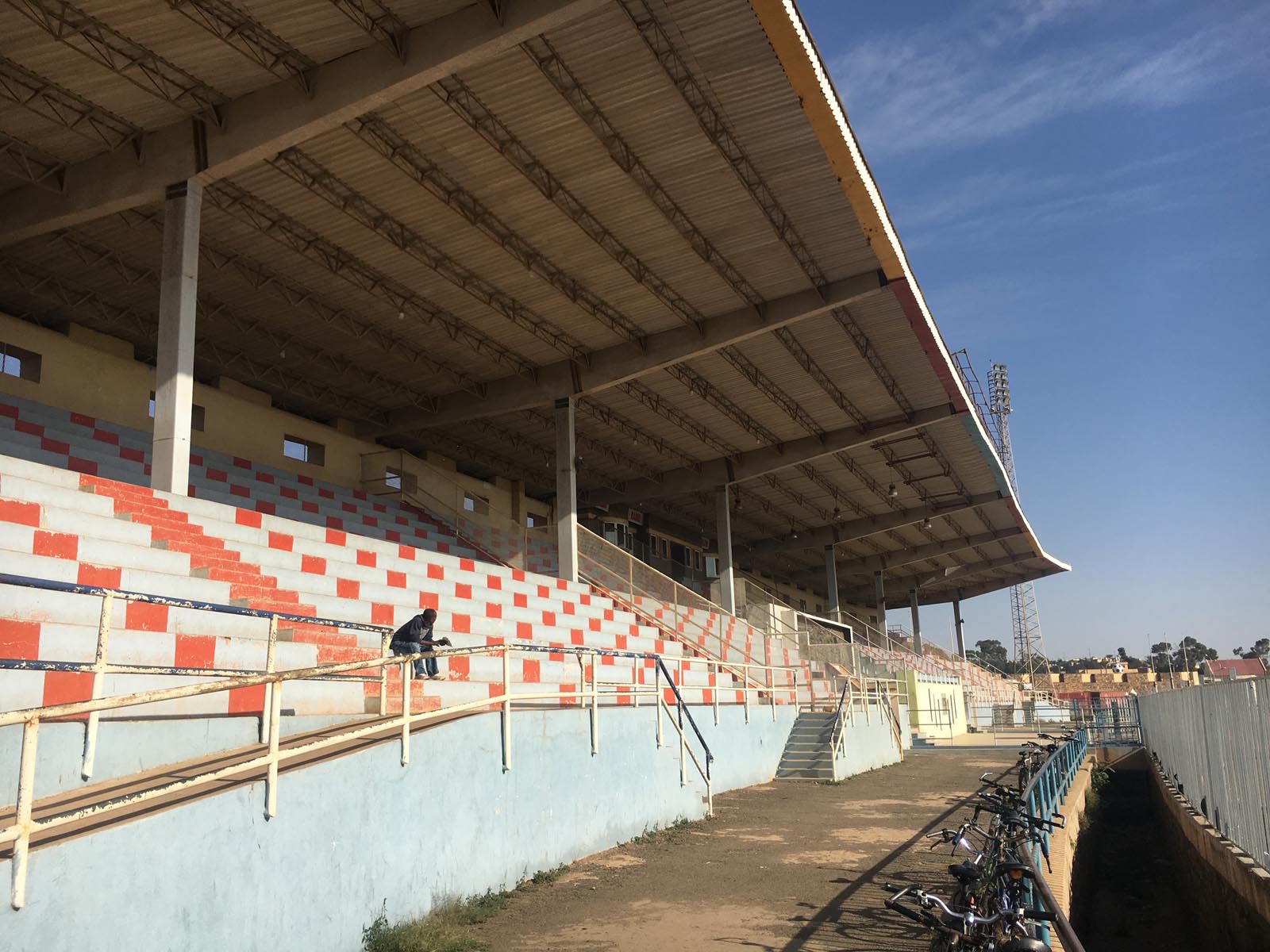
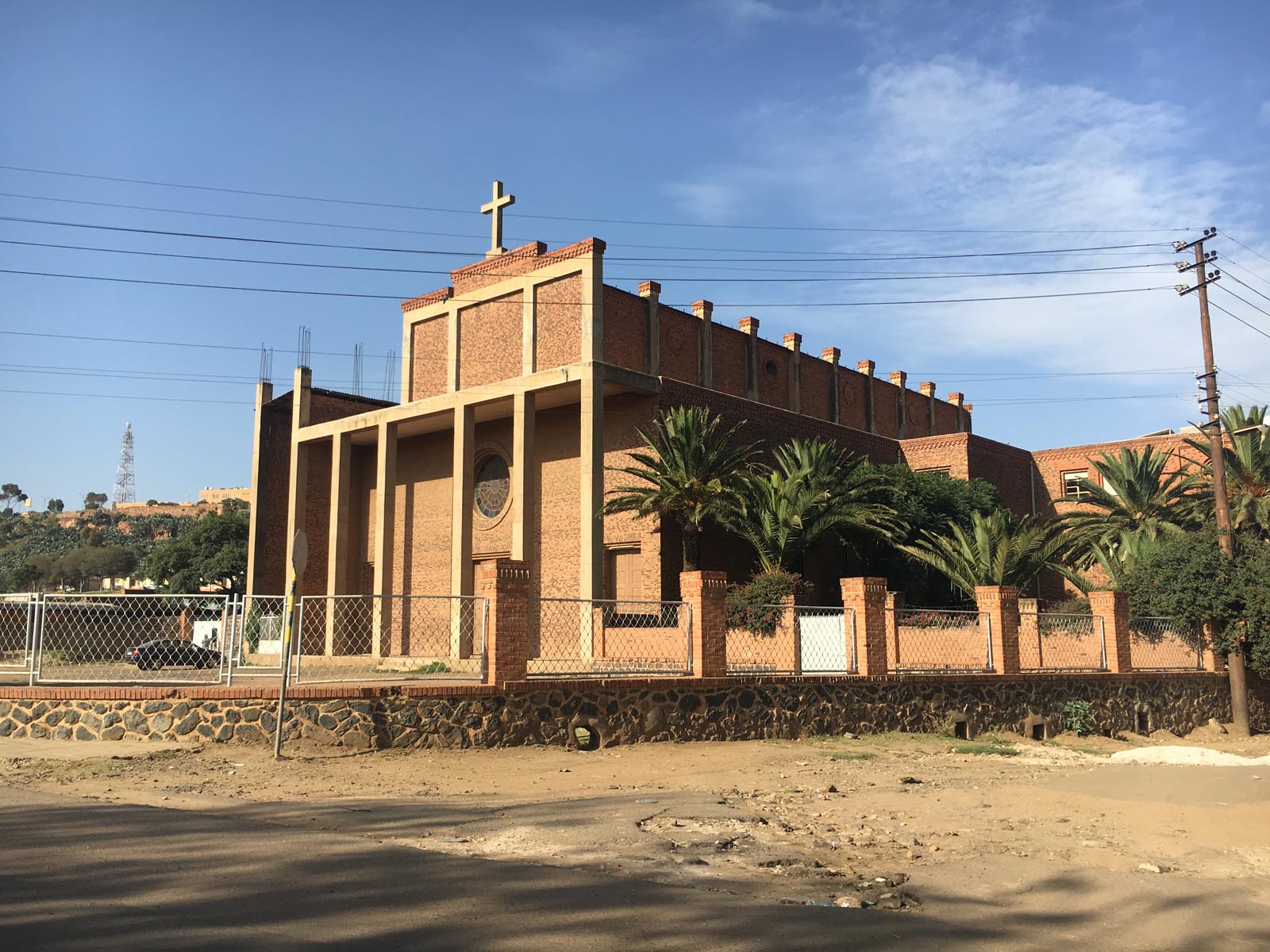
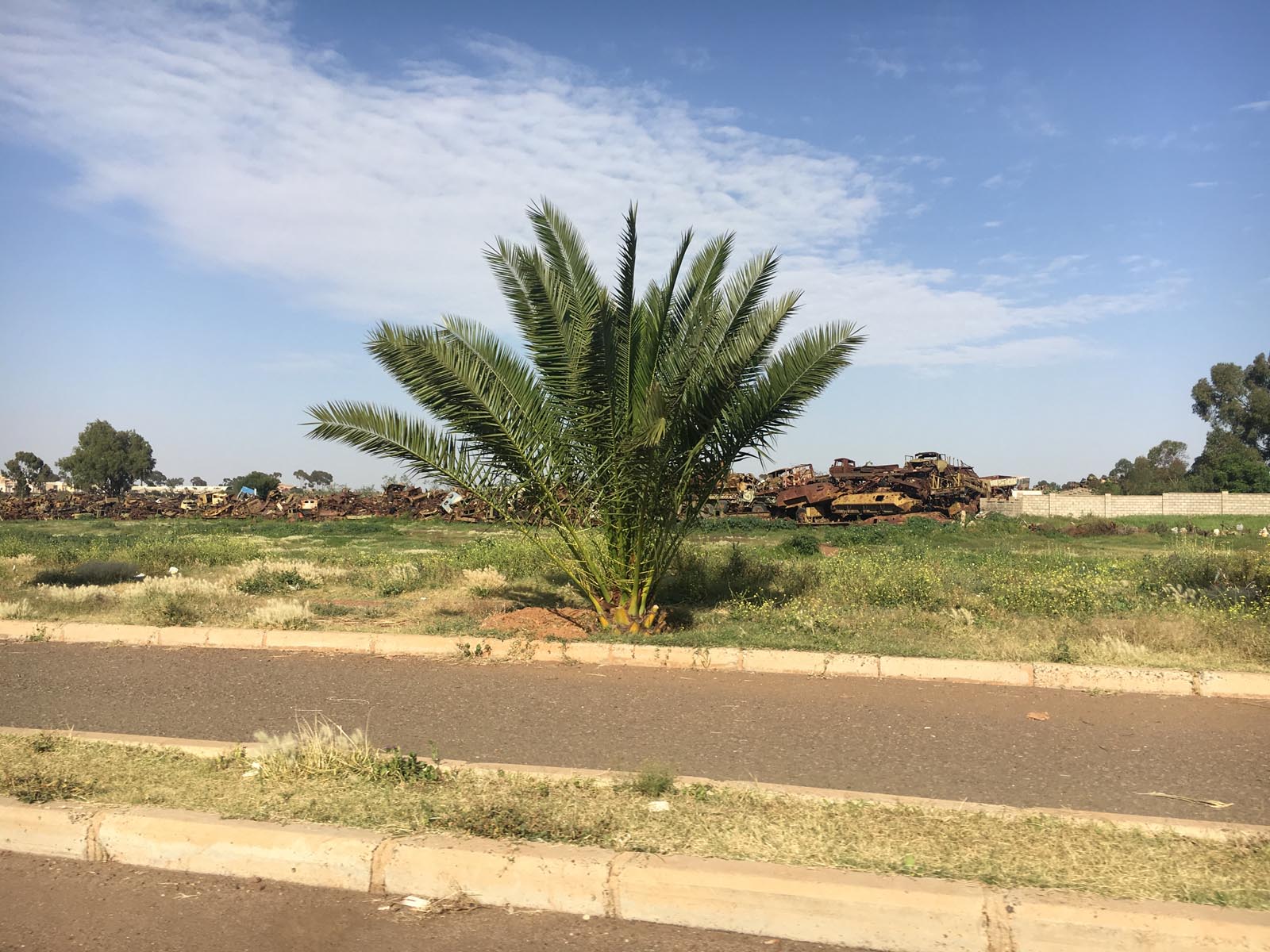
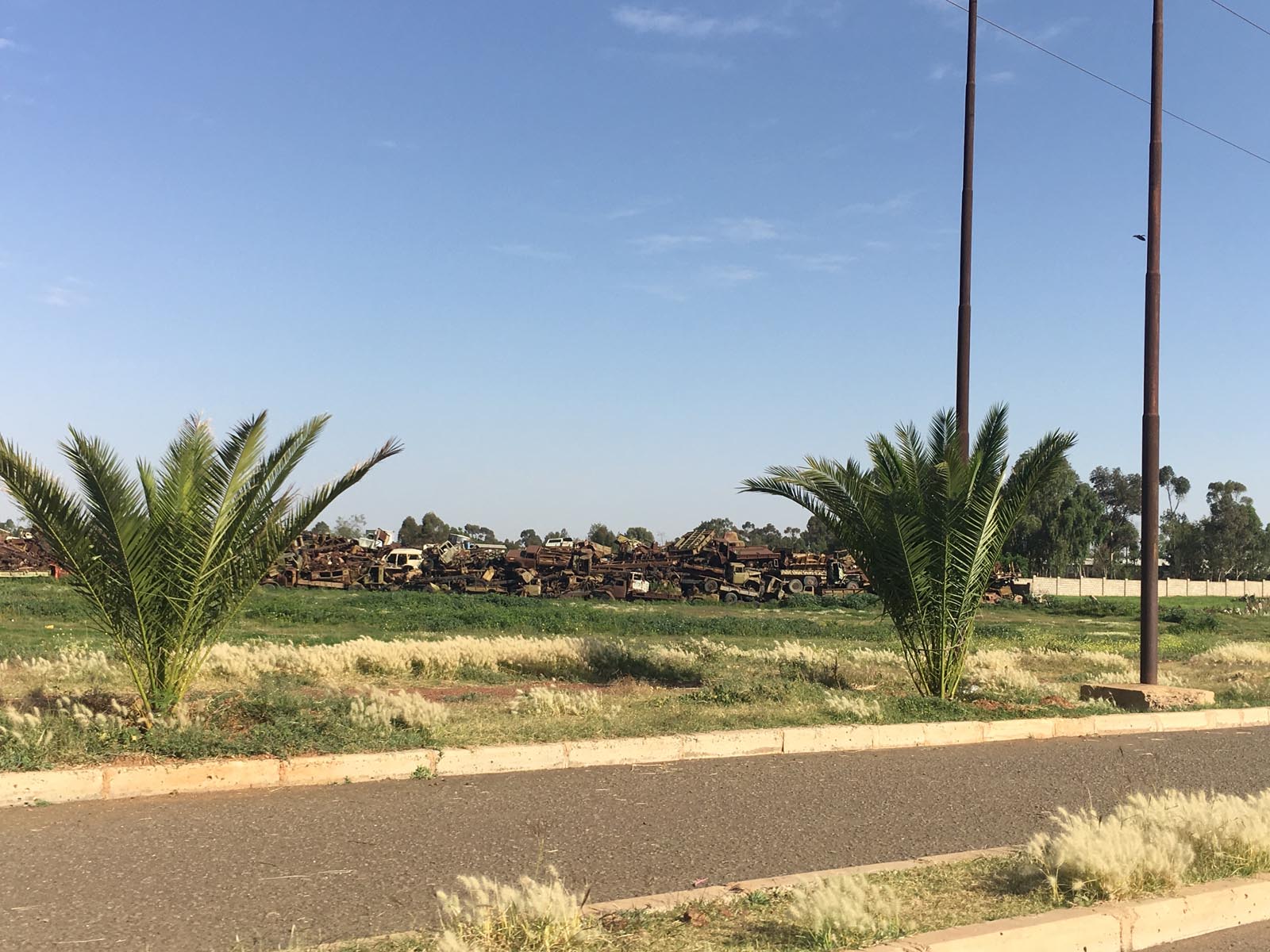
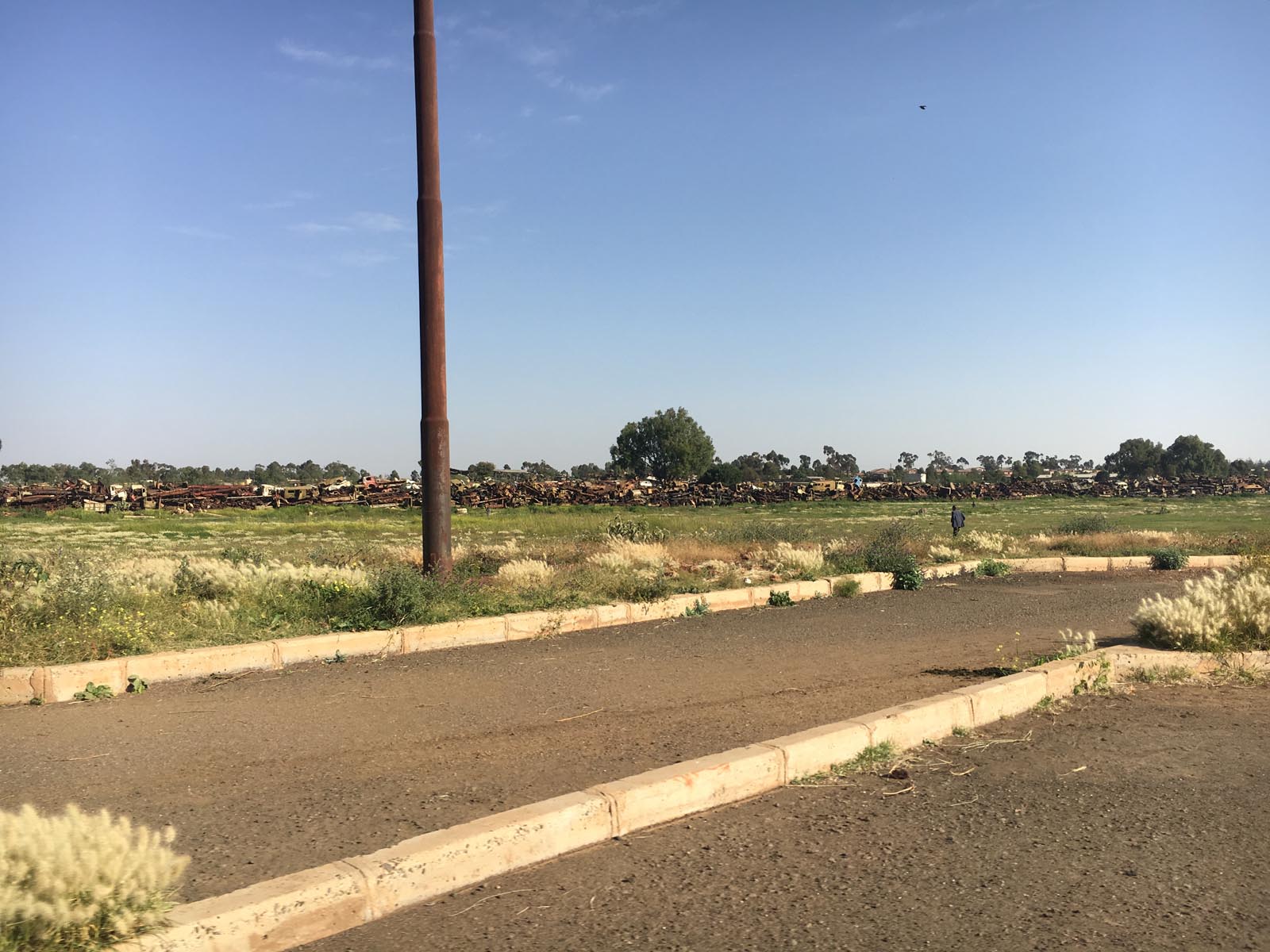
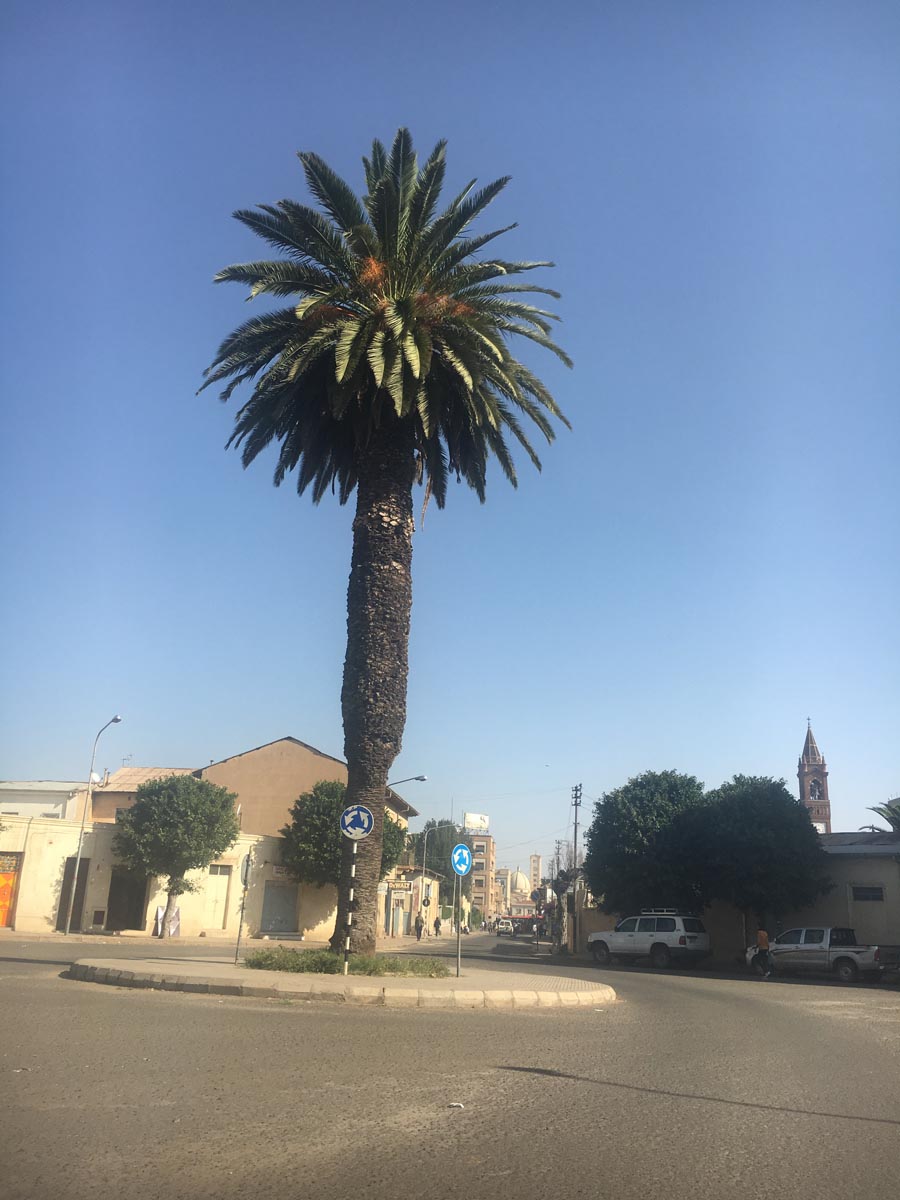
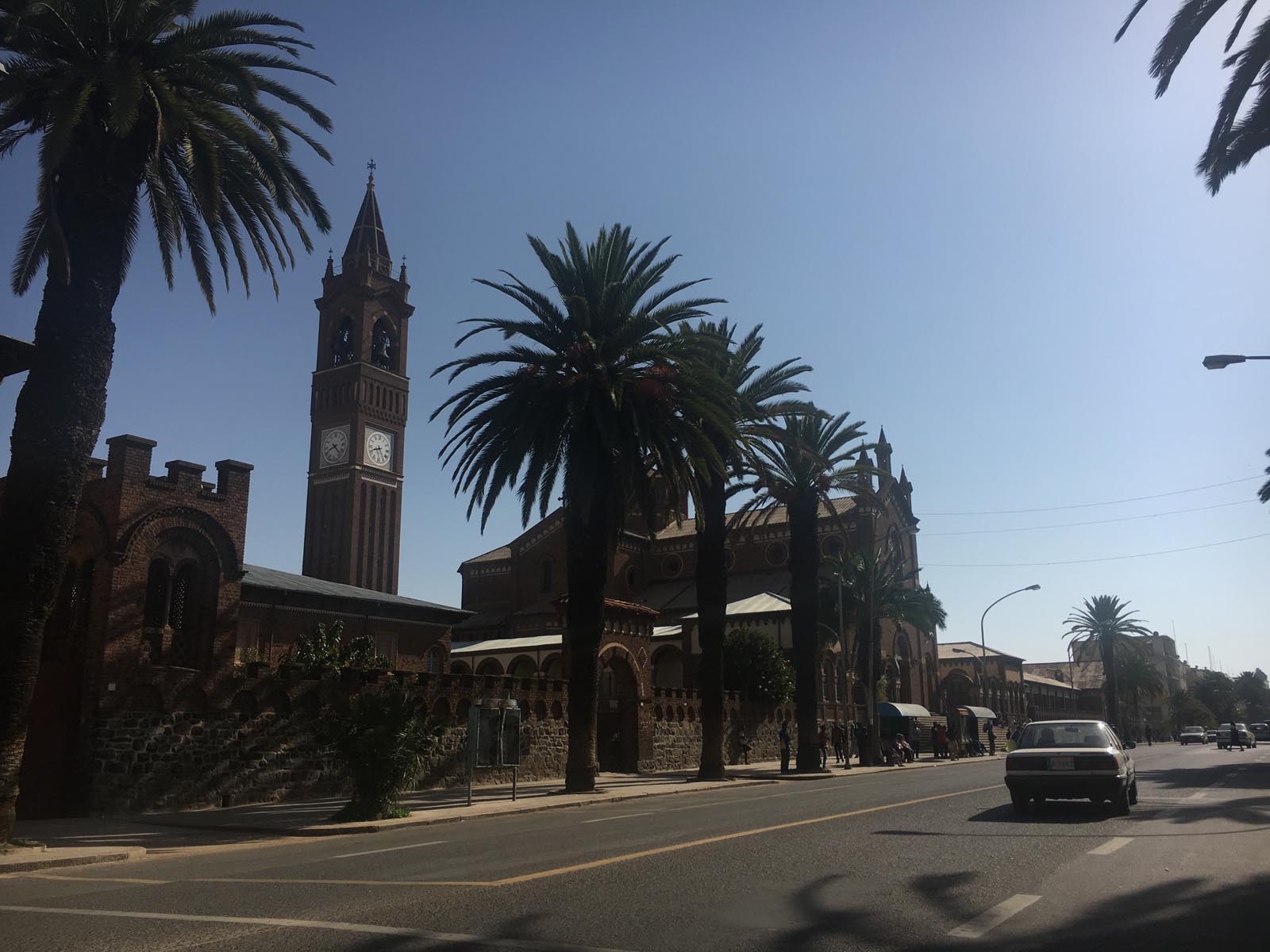
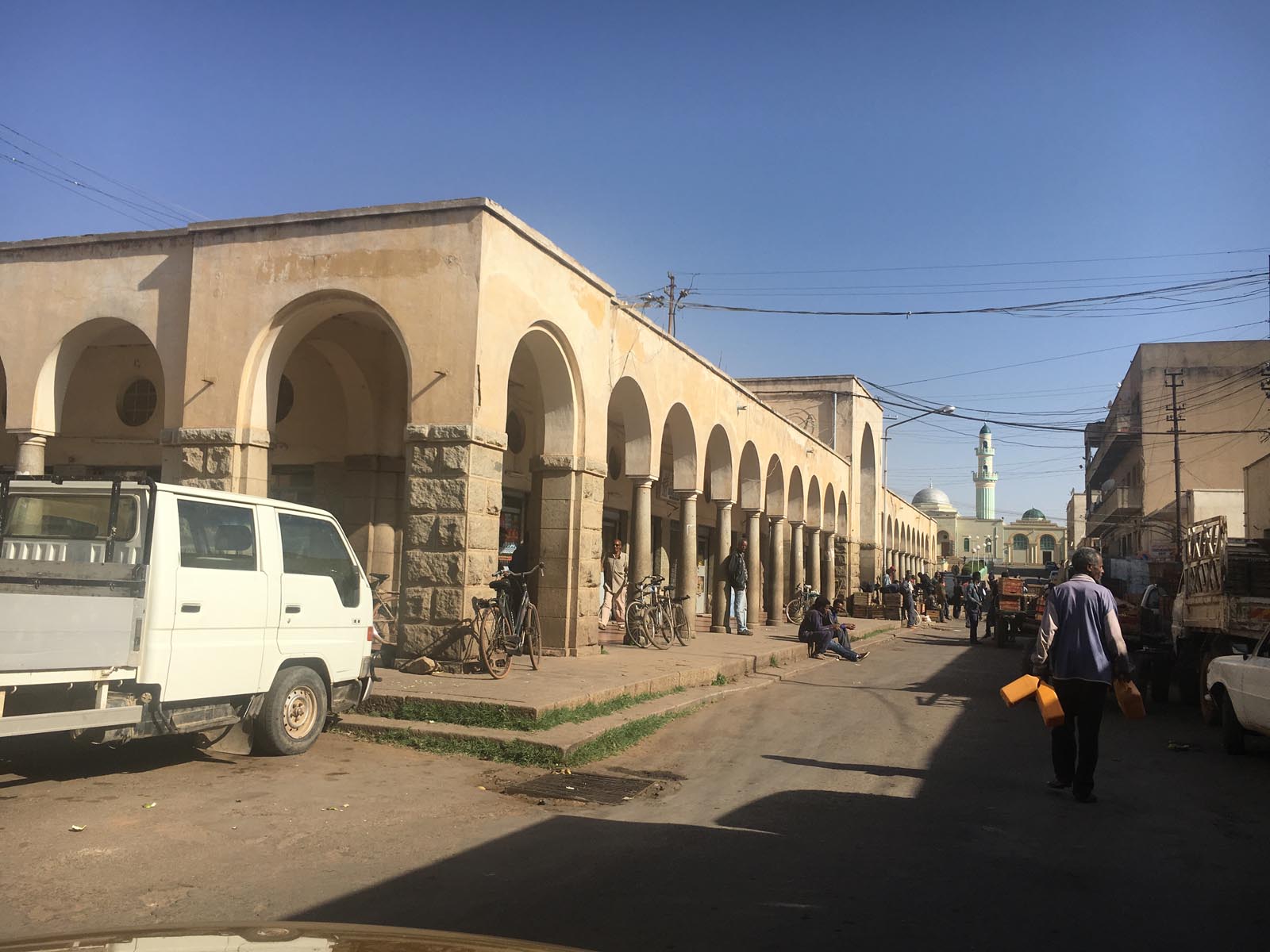
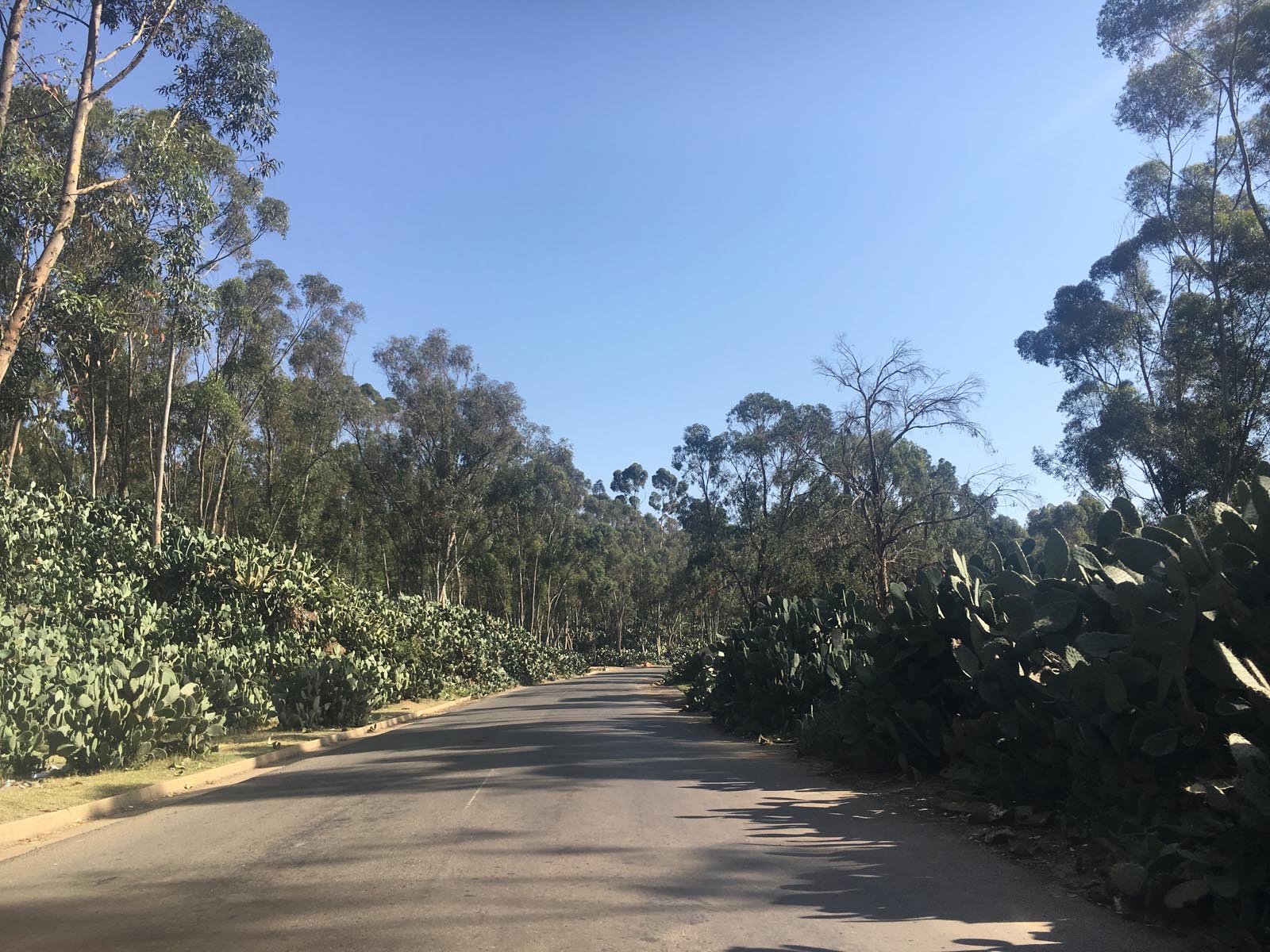
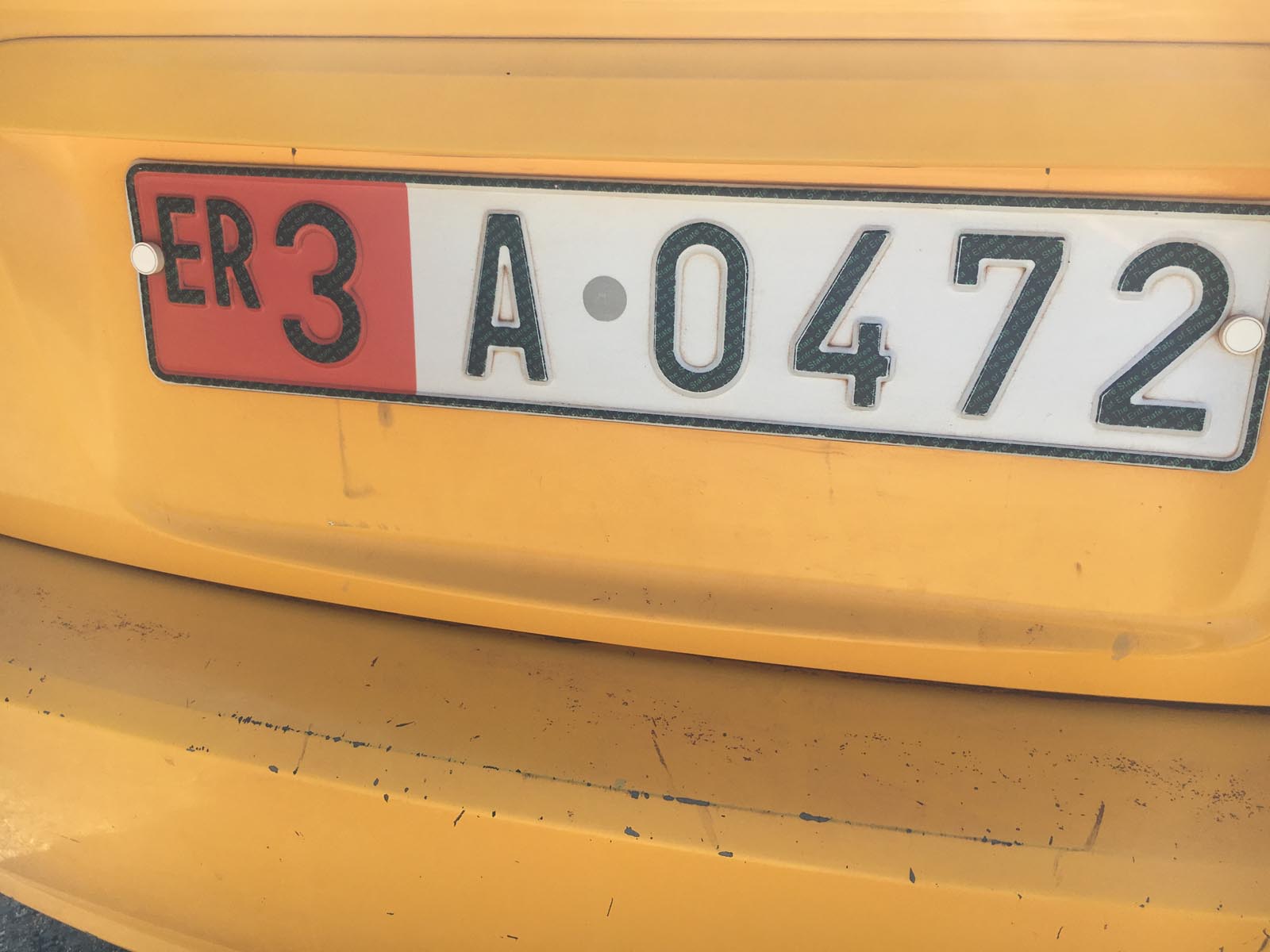
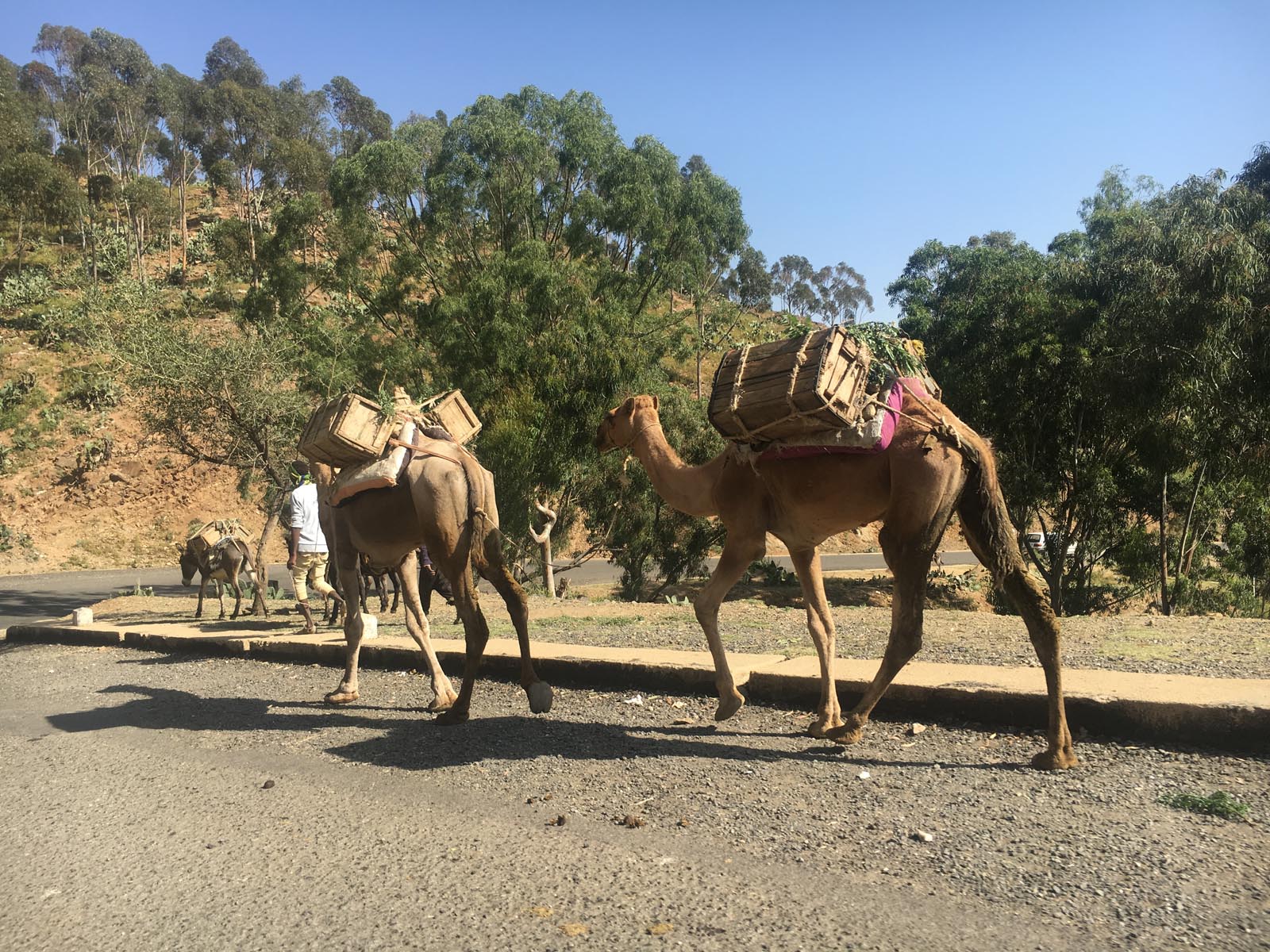
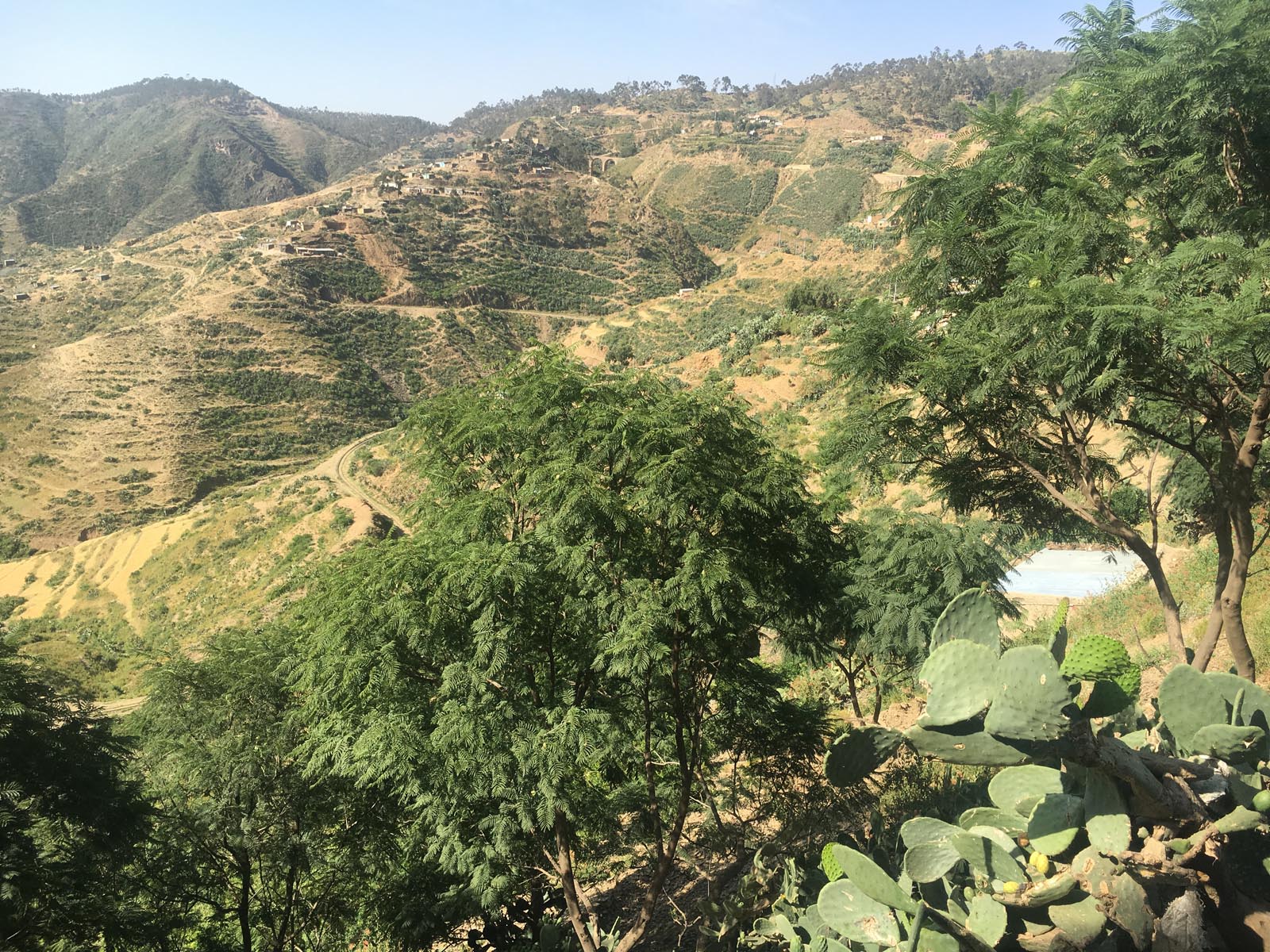
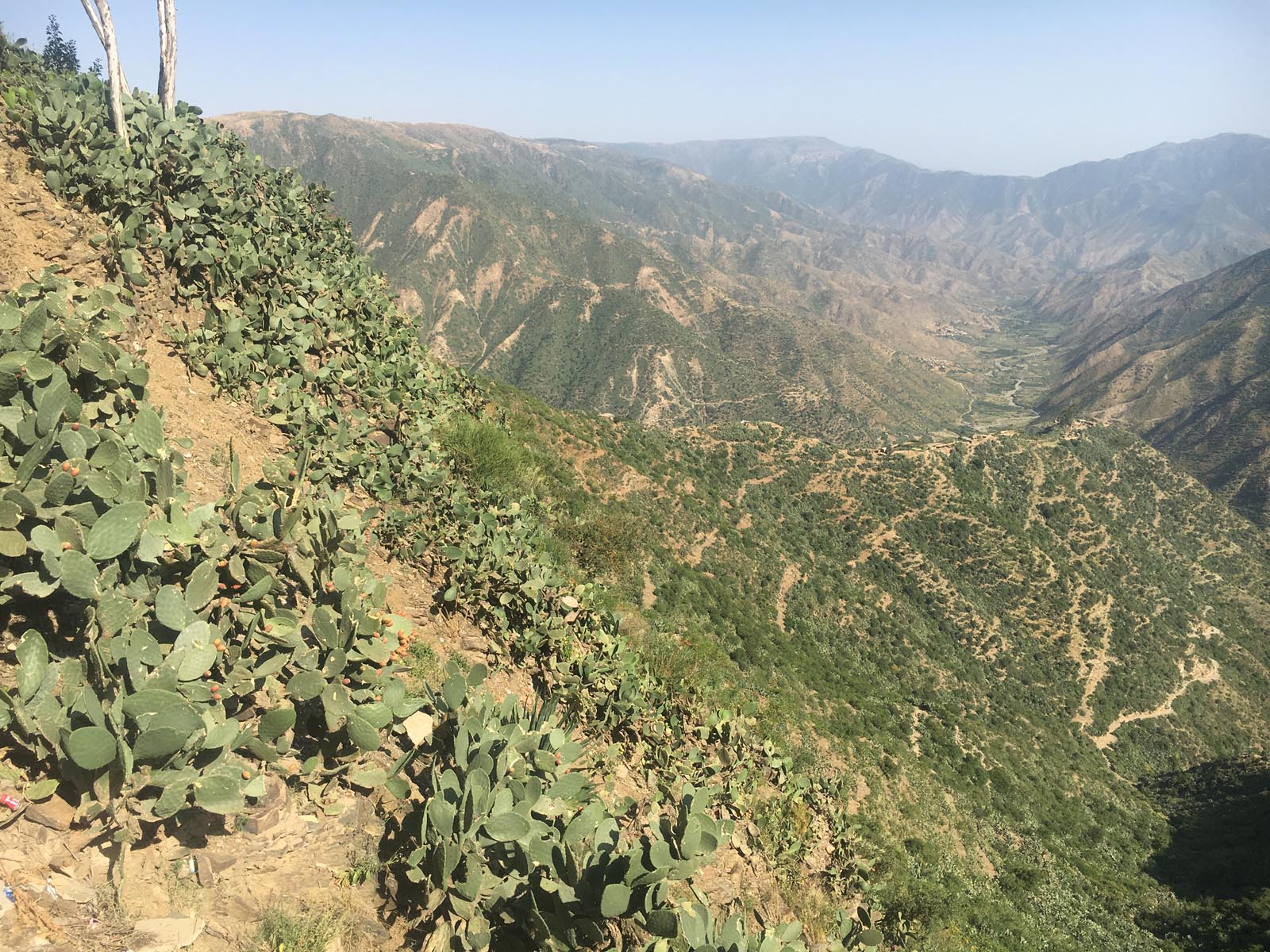
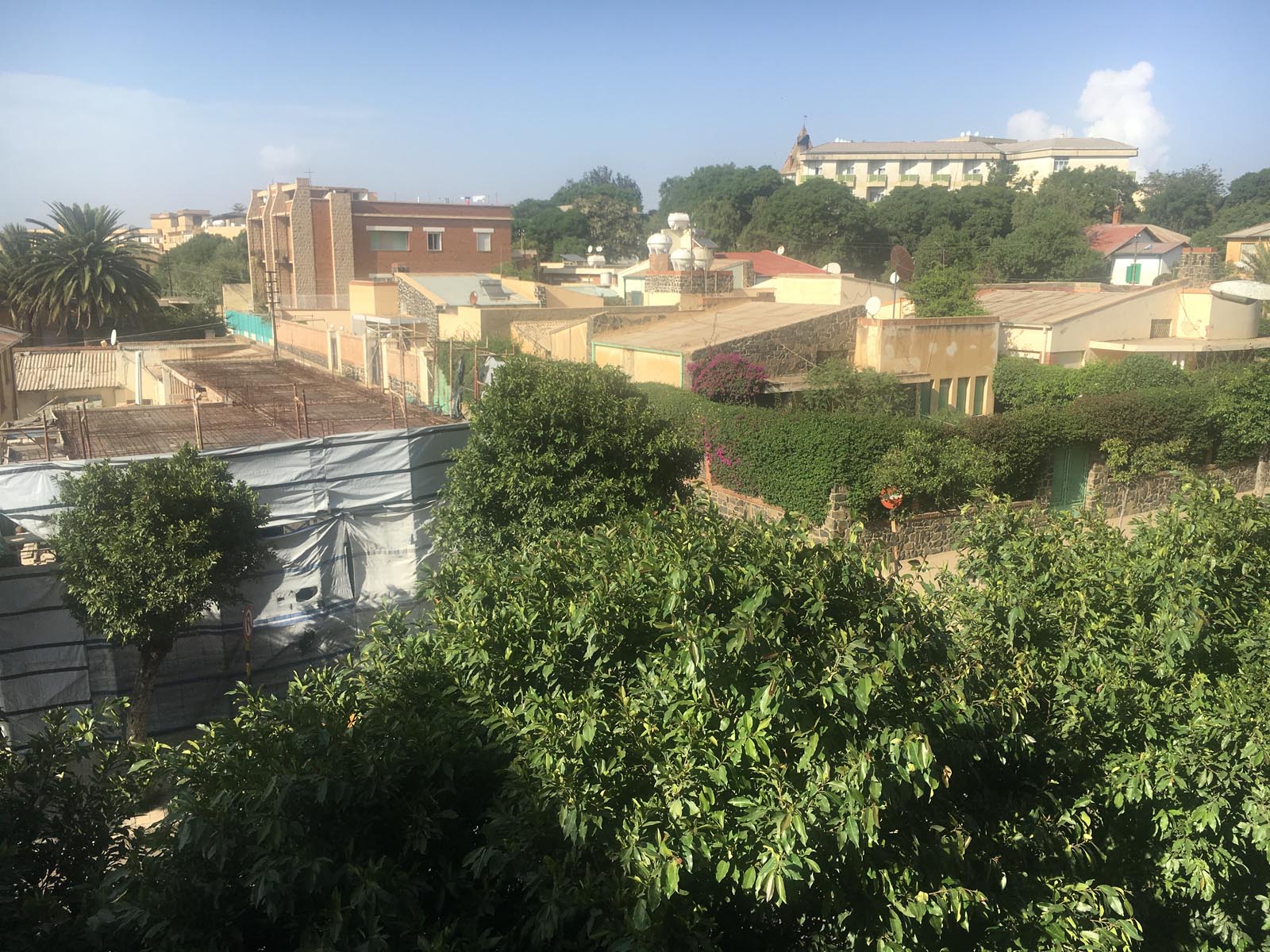
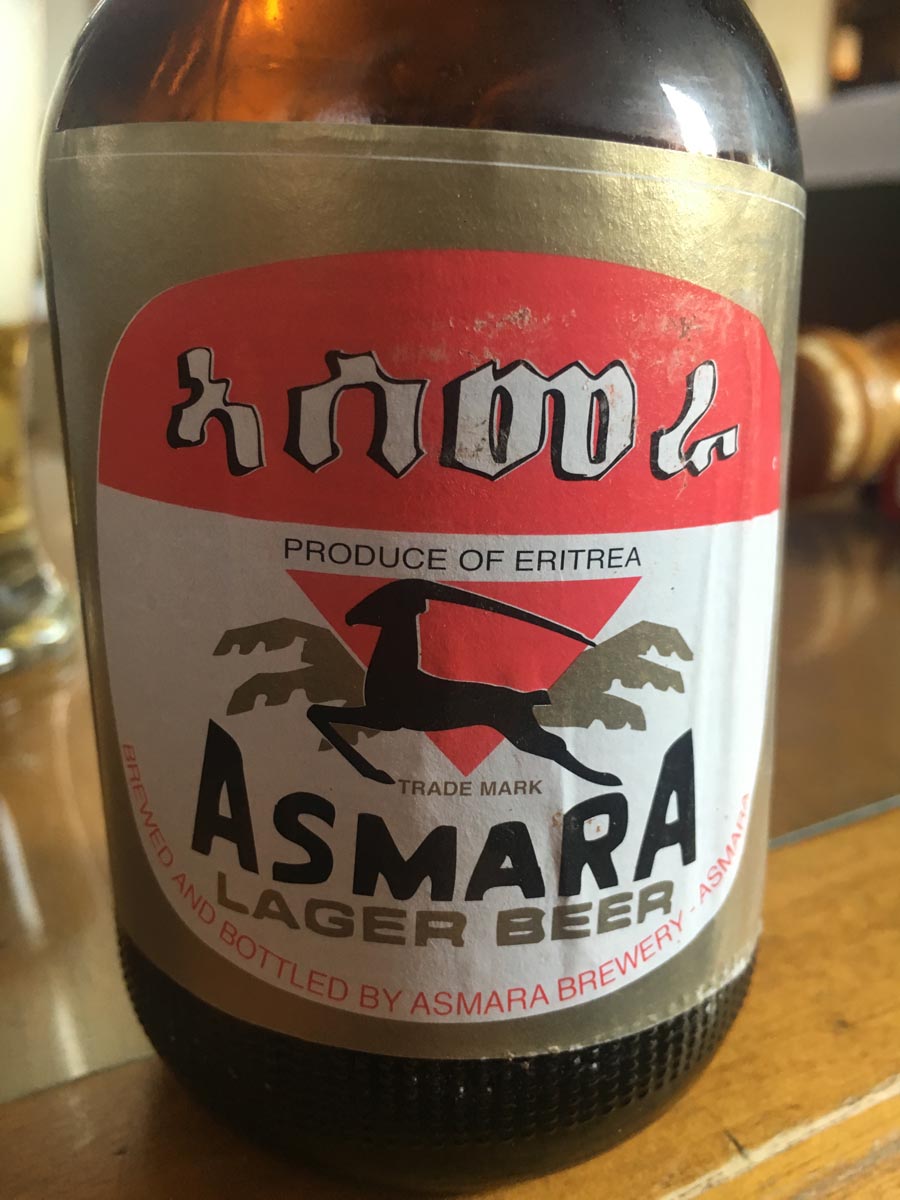



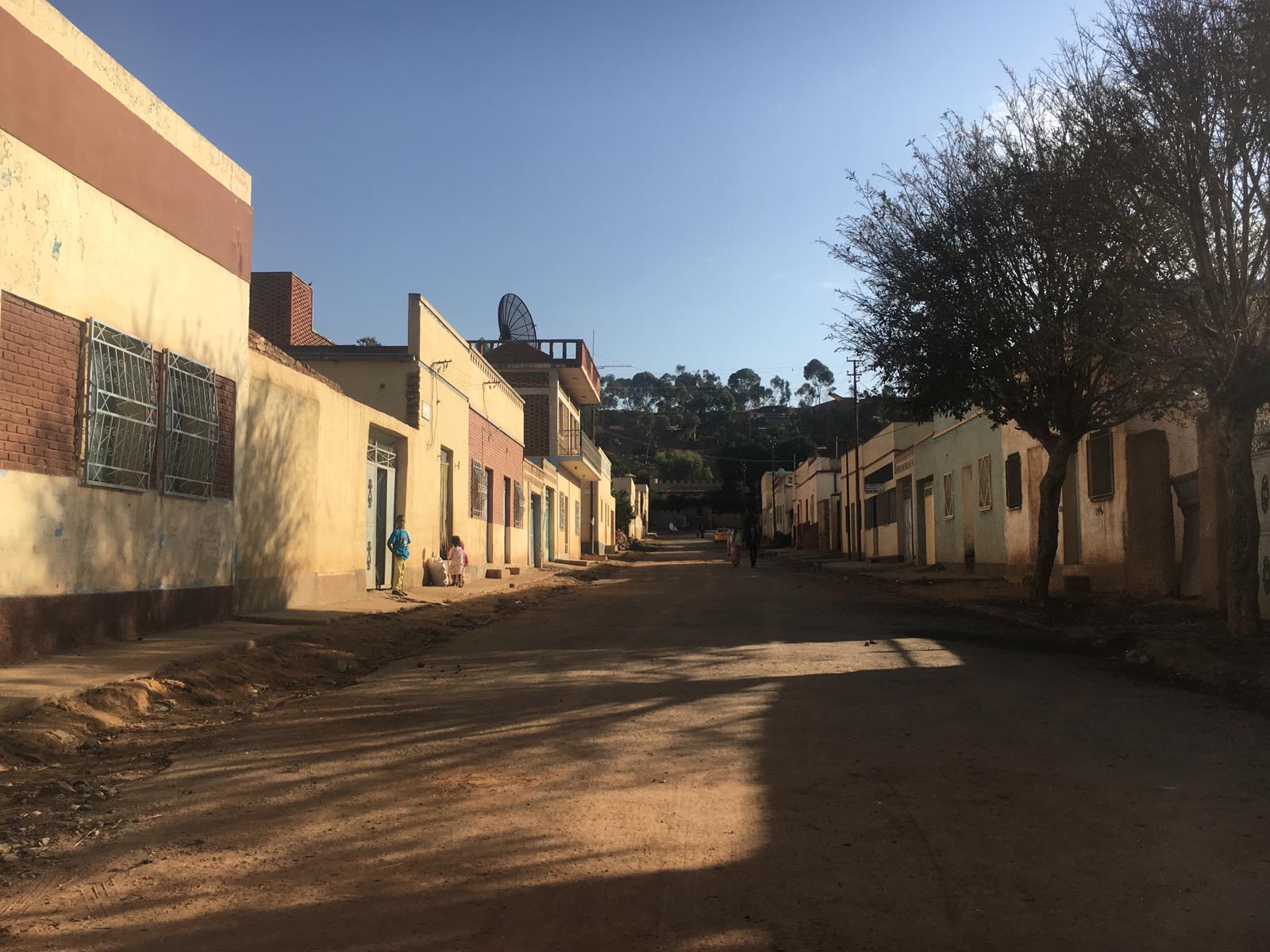

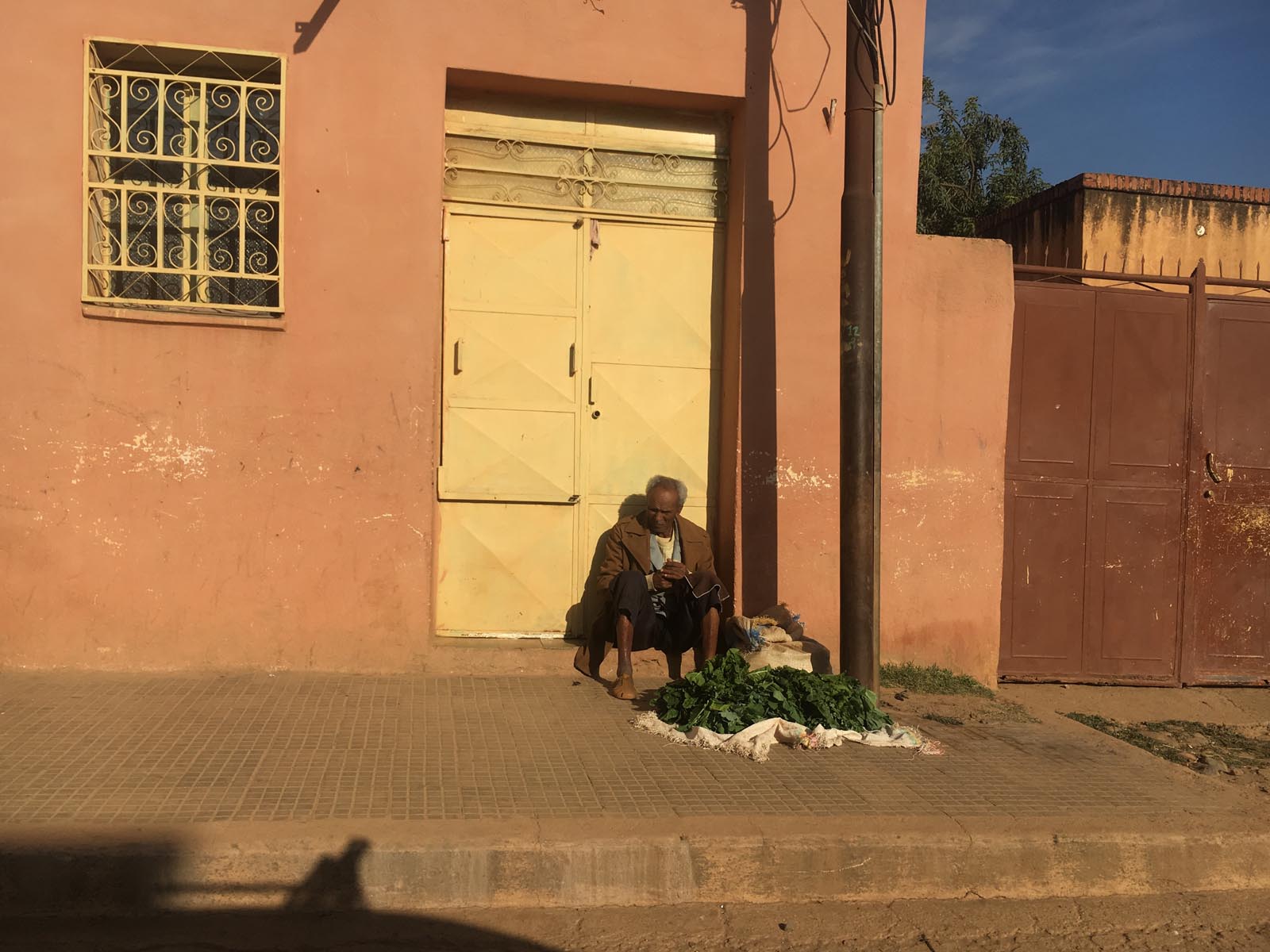


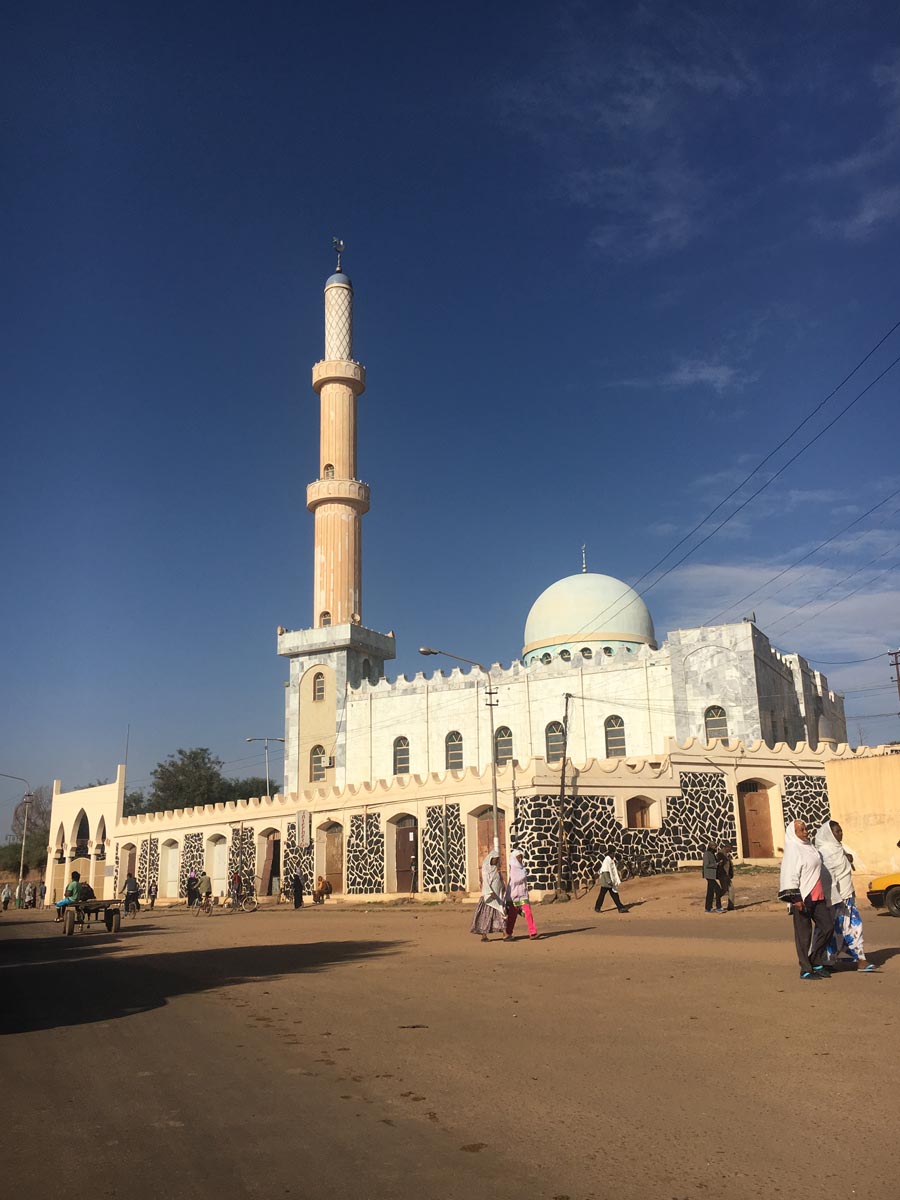






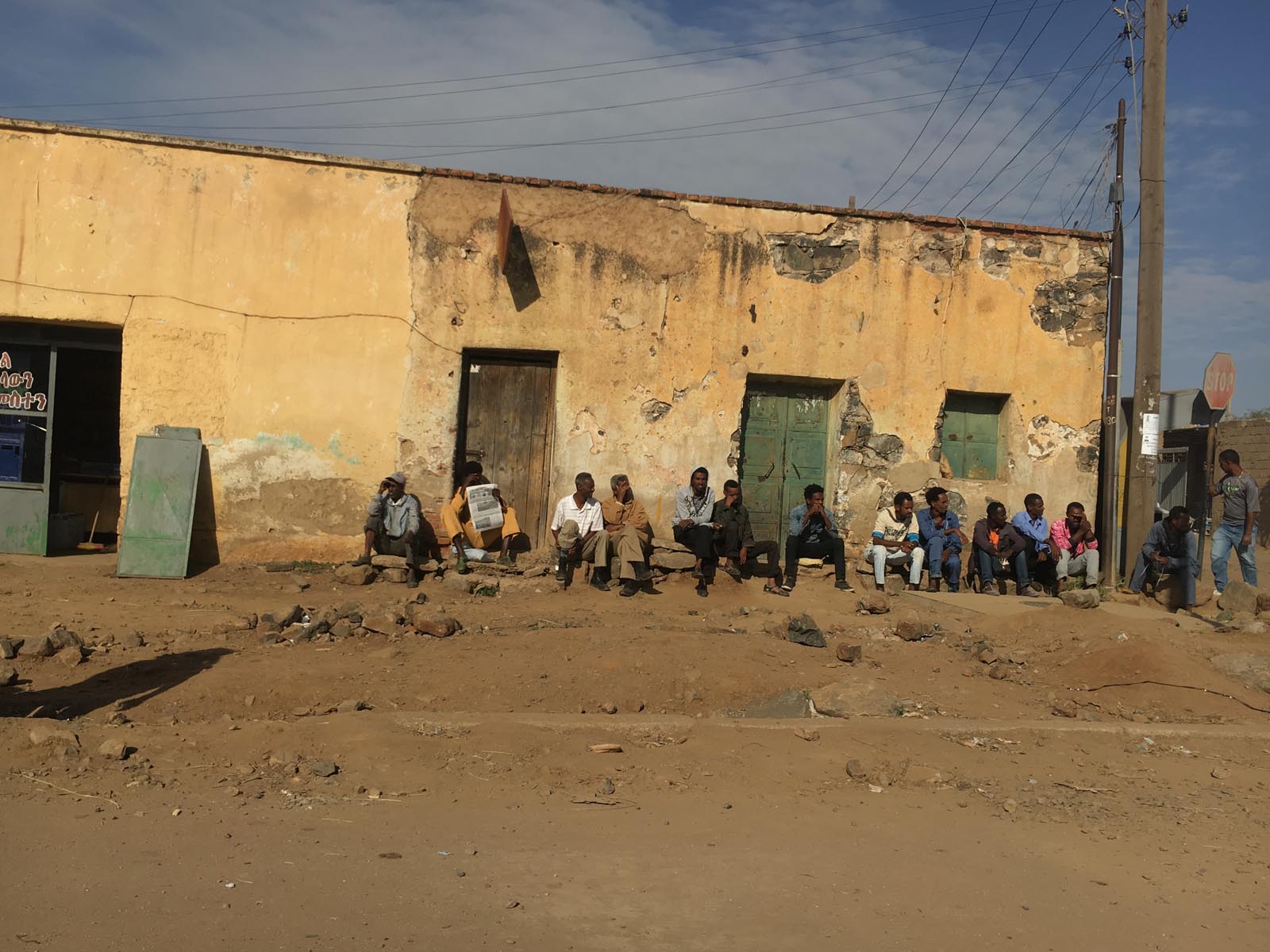



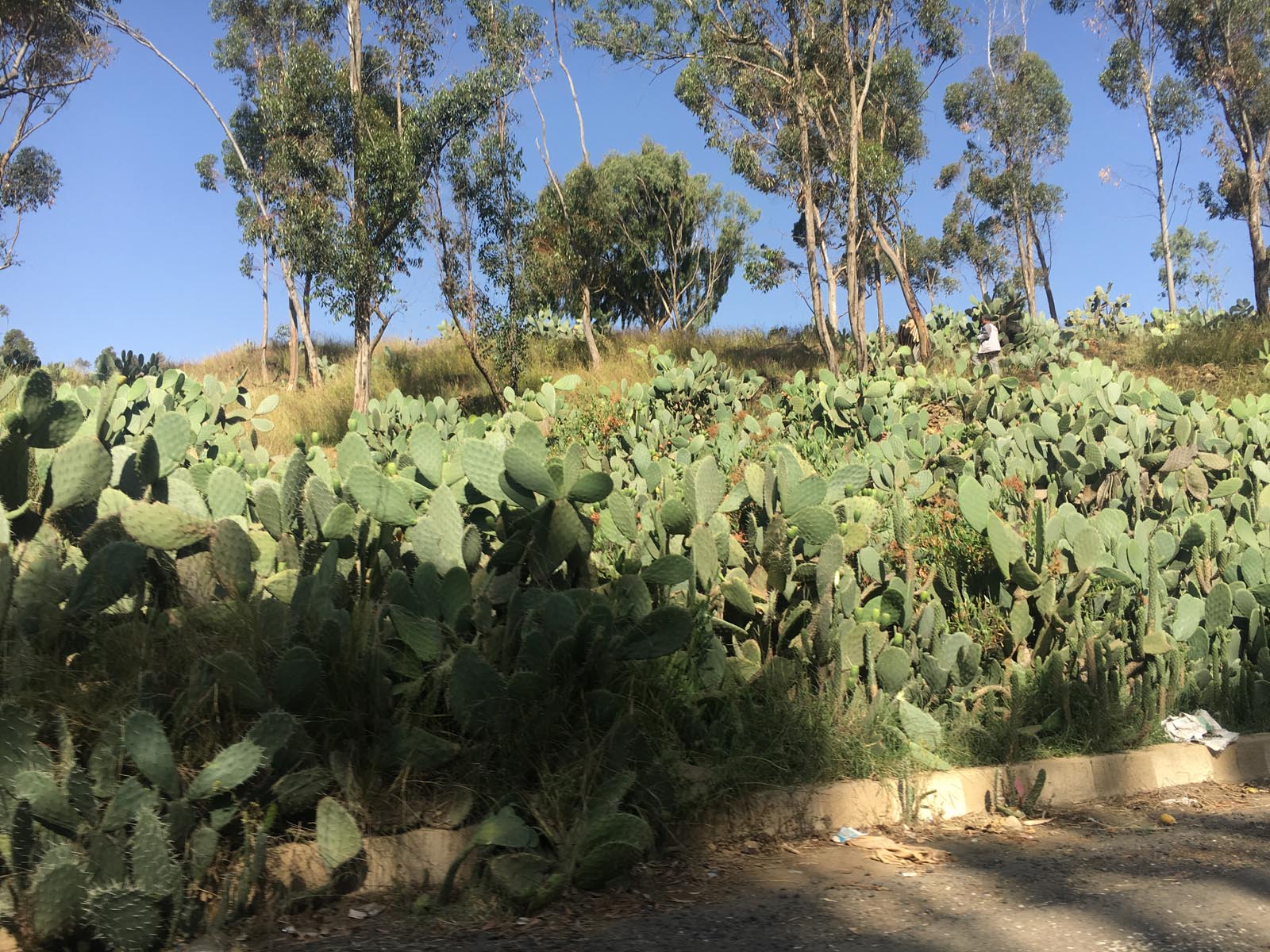
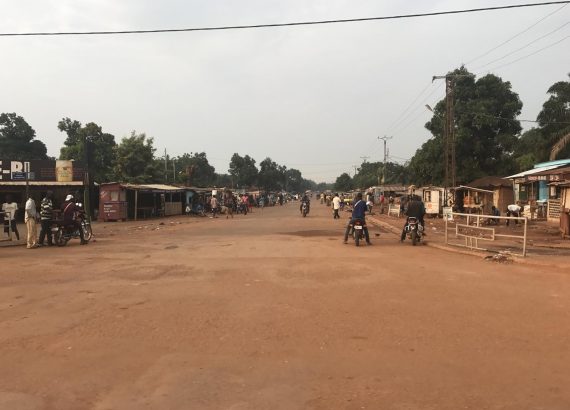
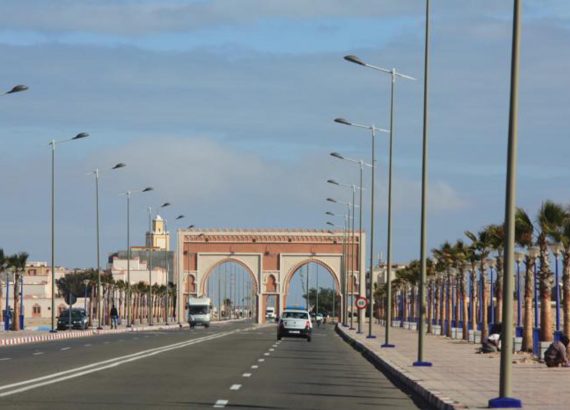
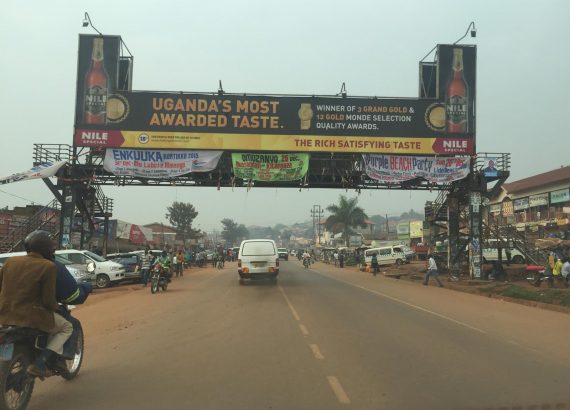
No Comments